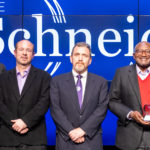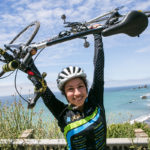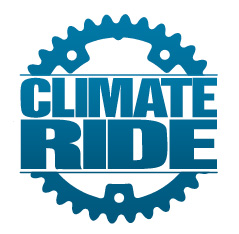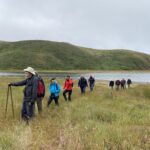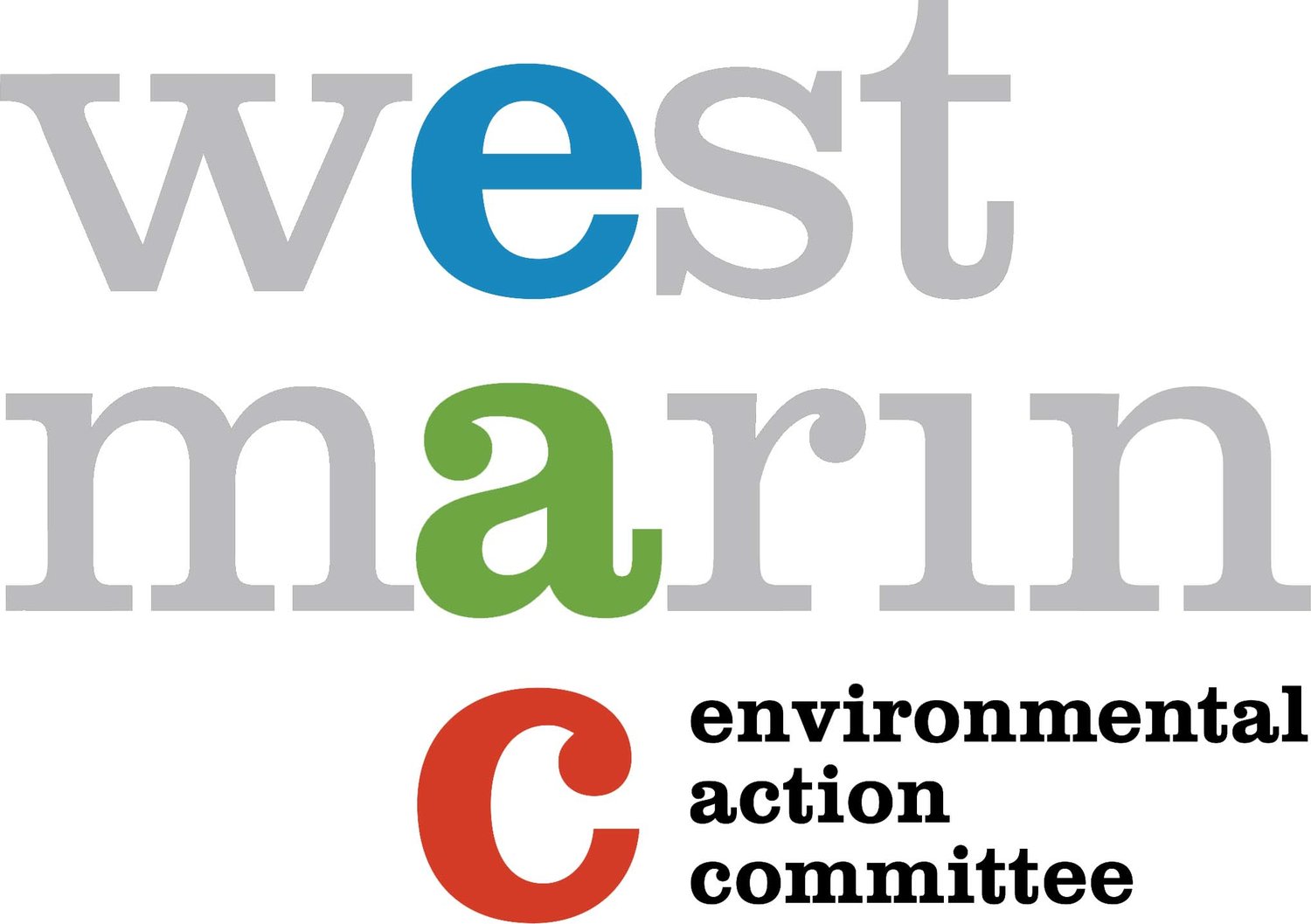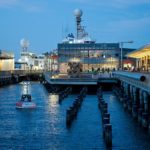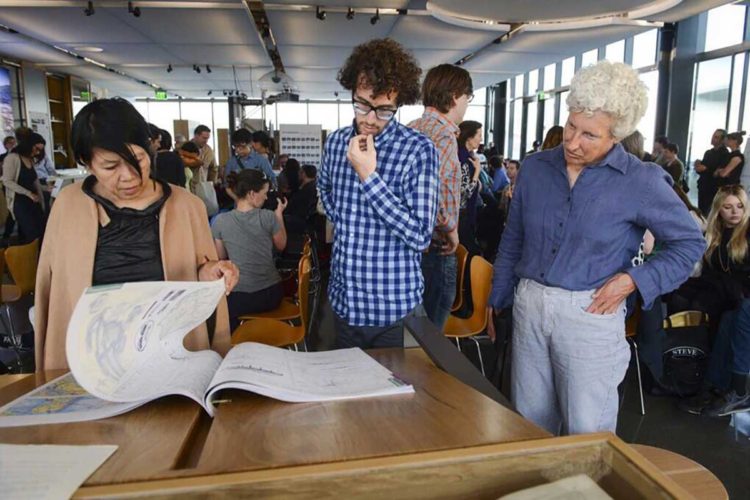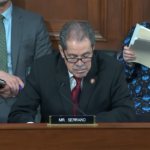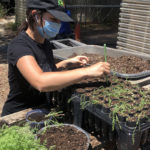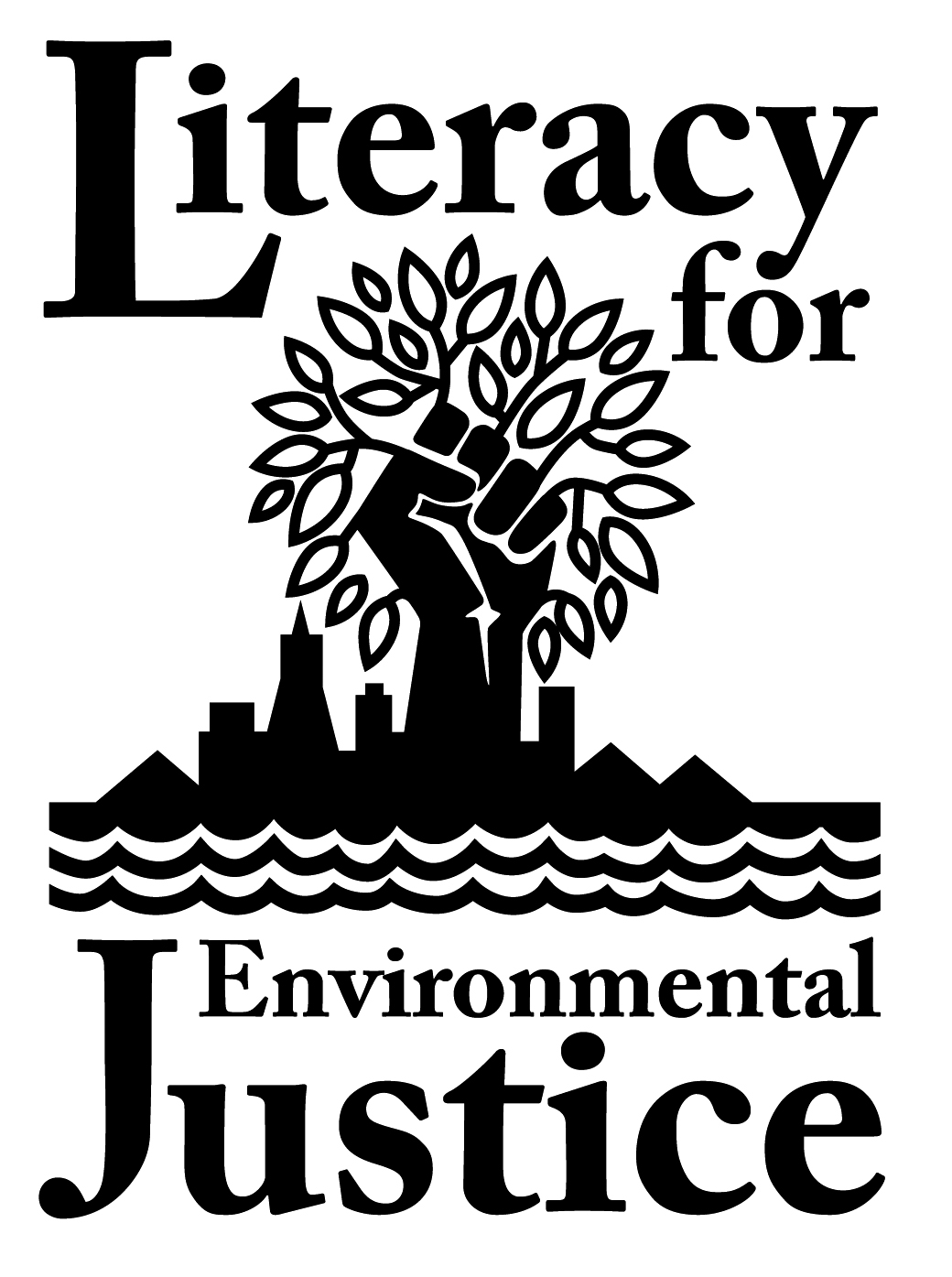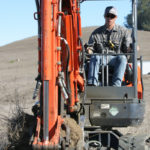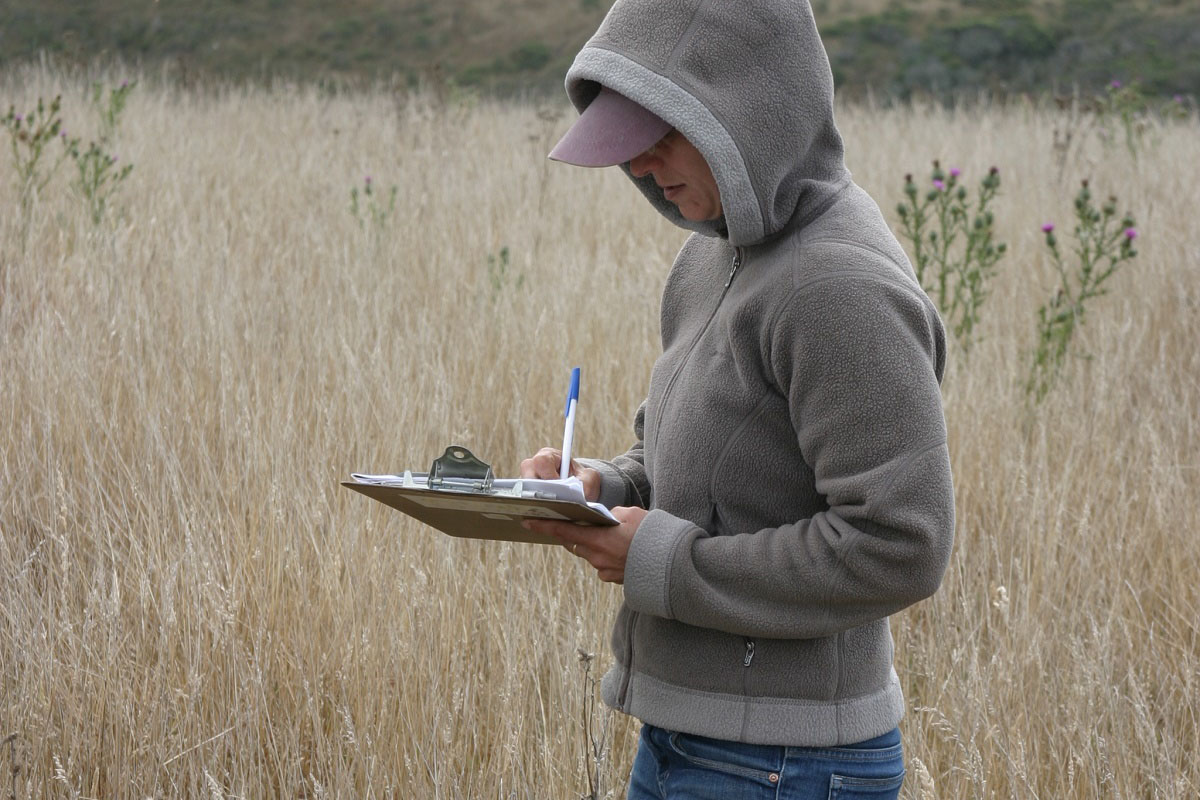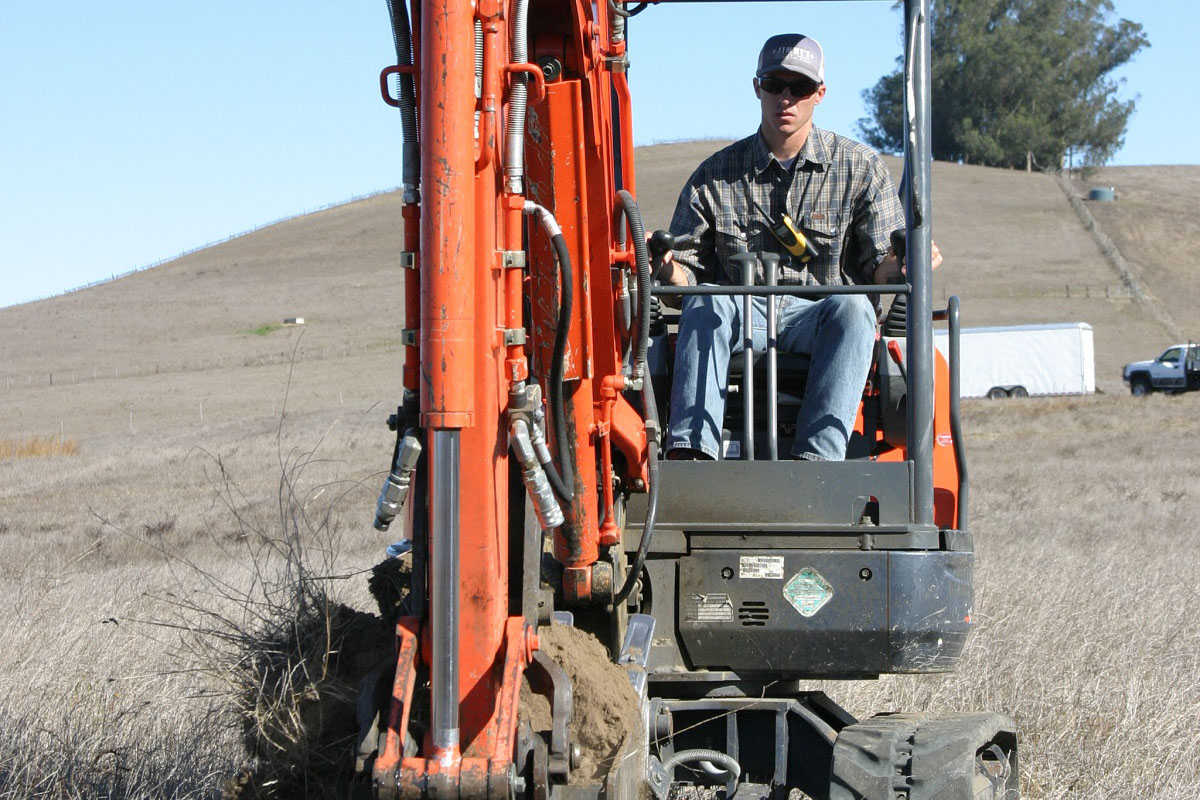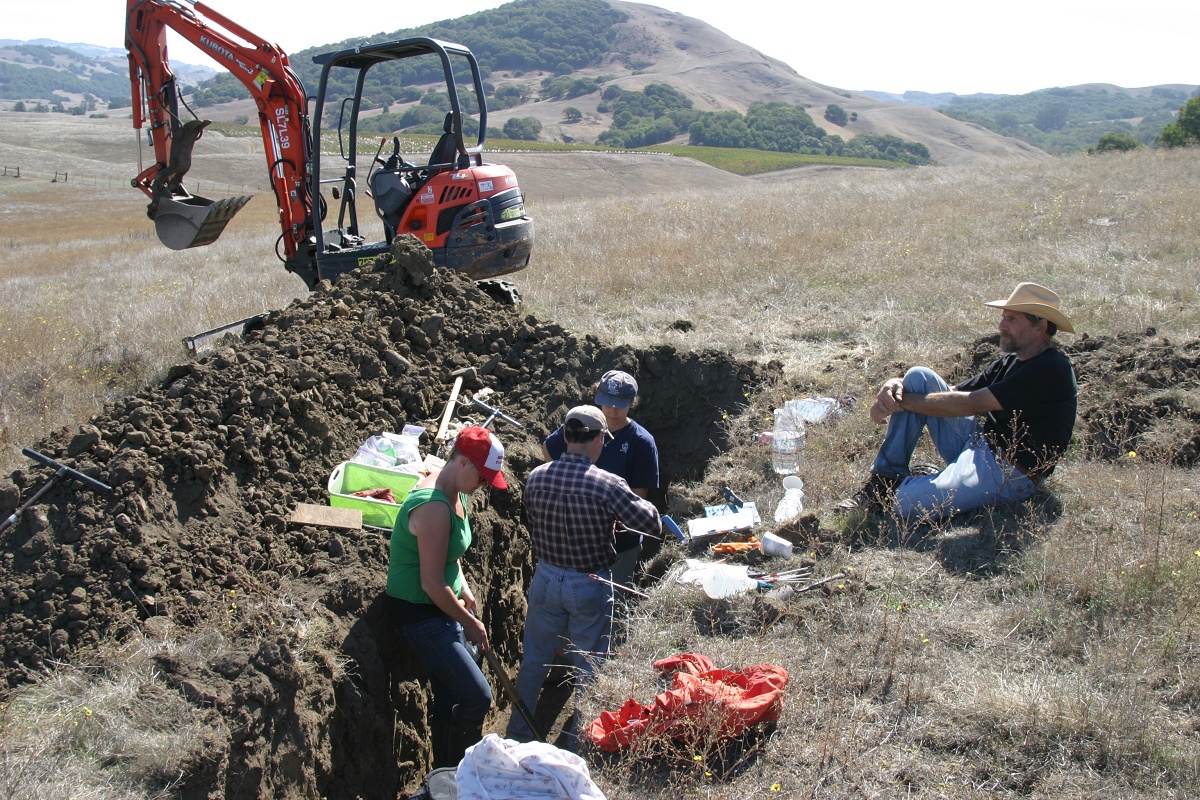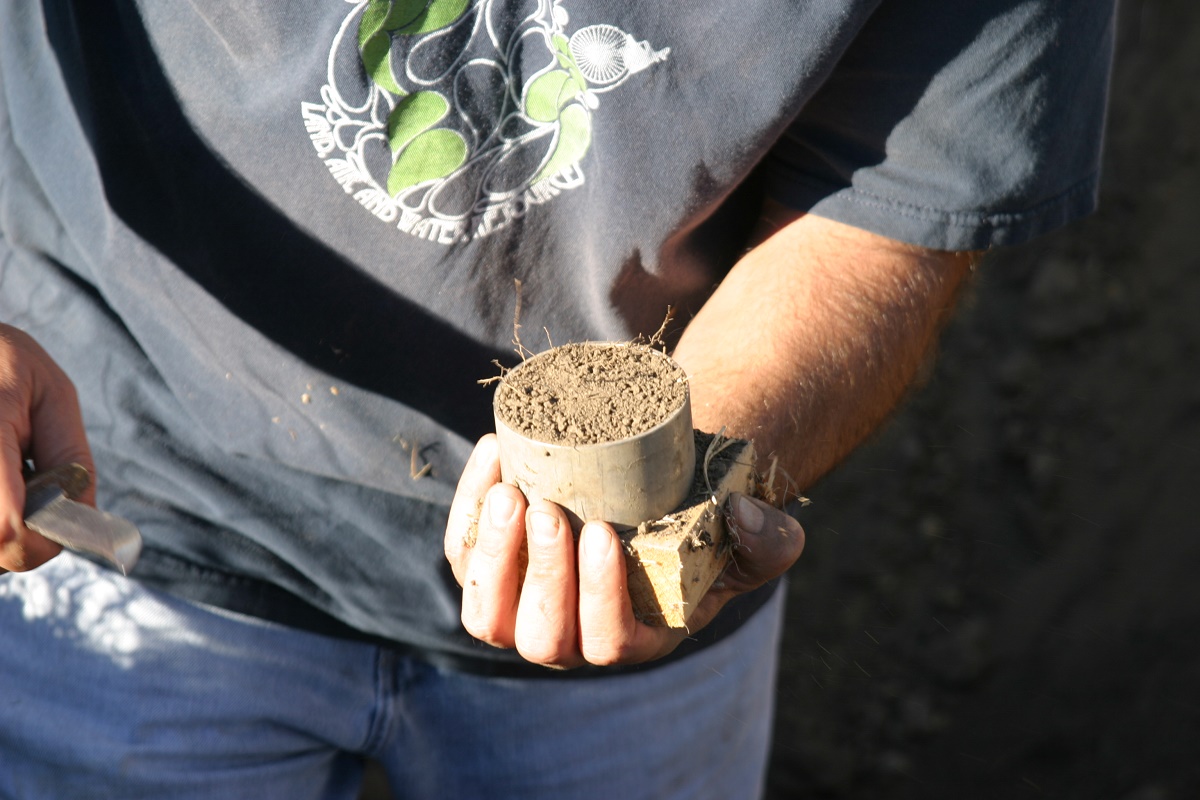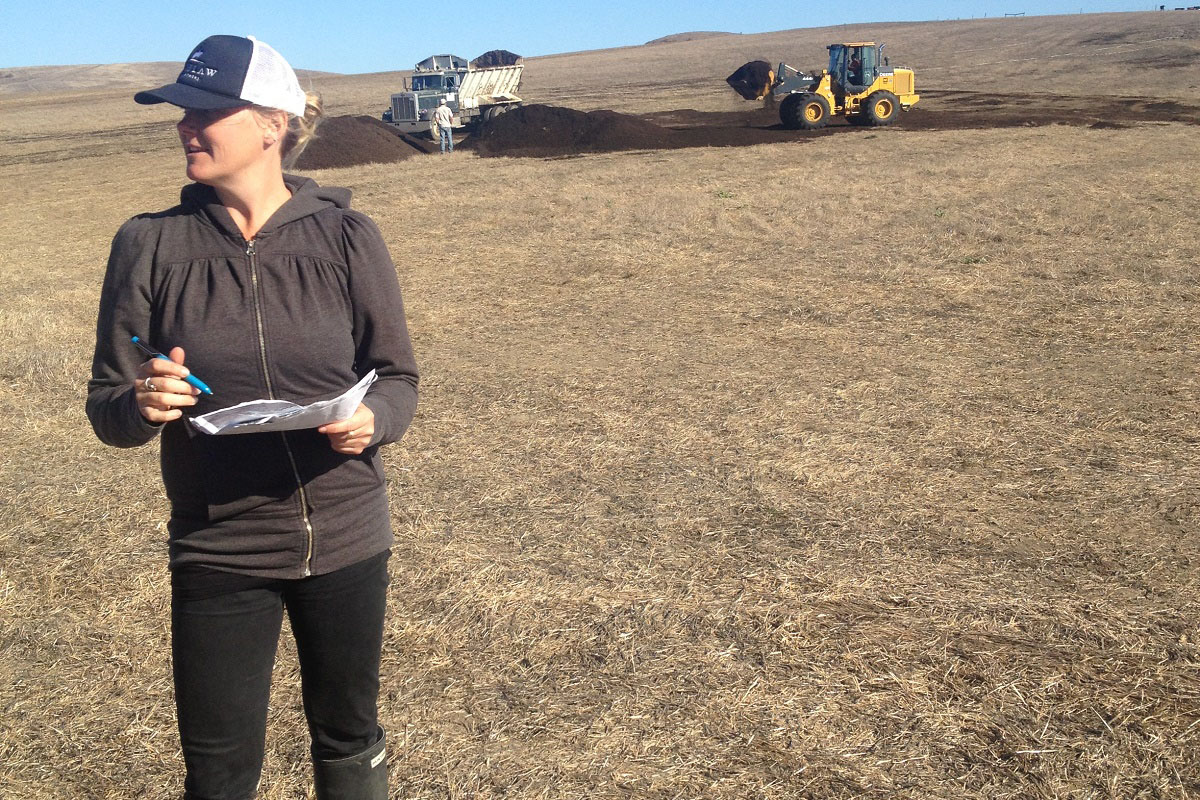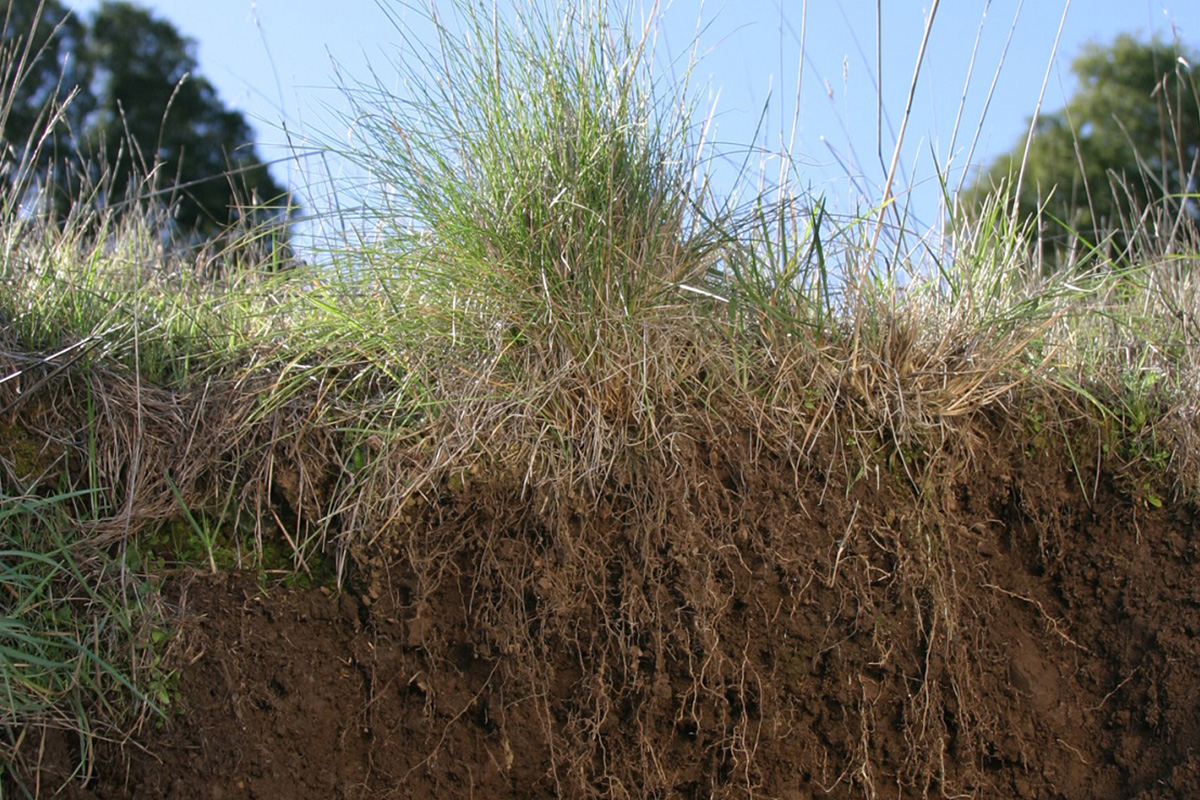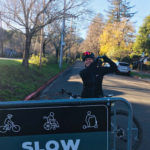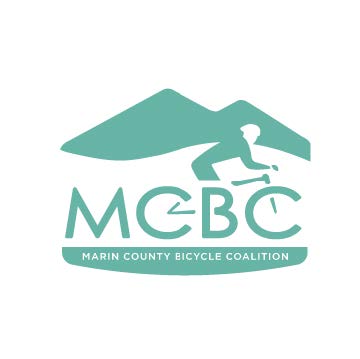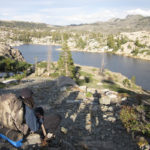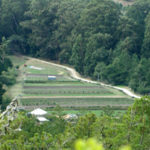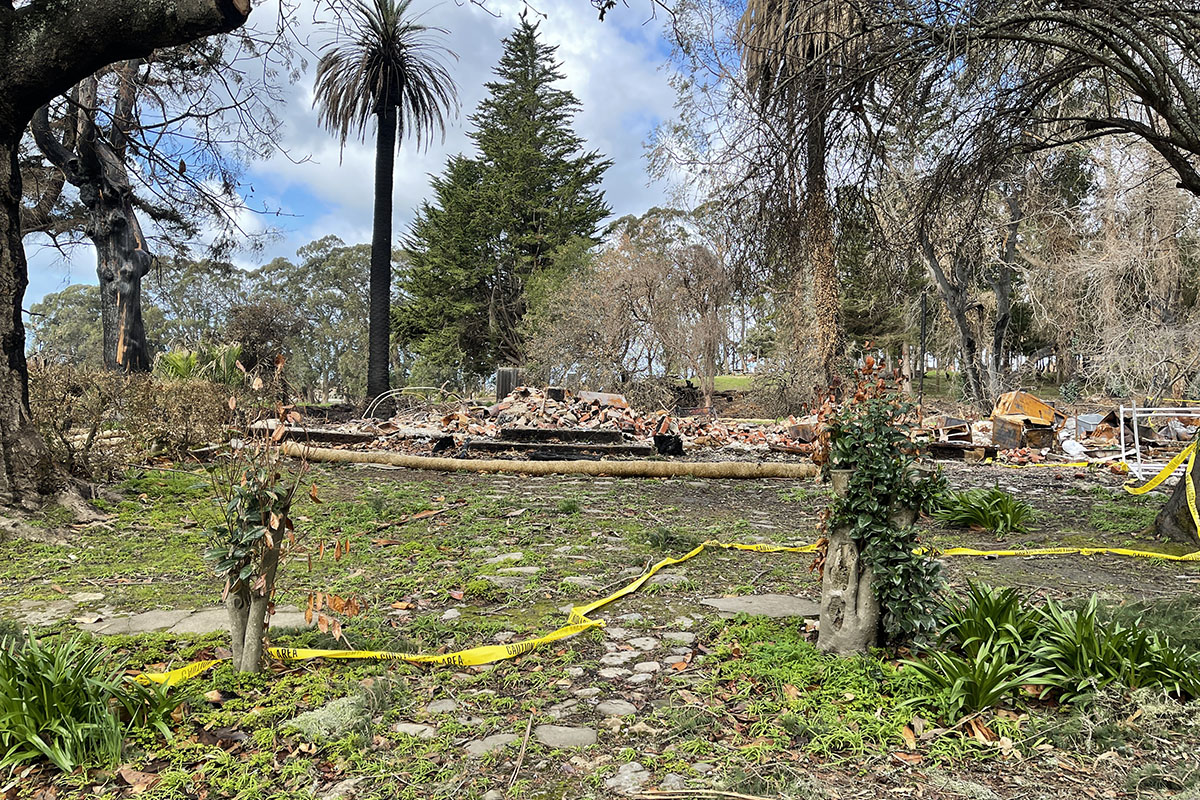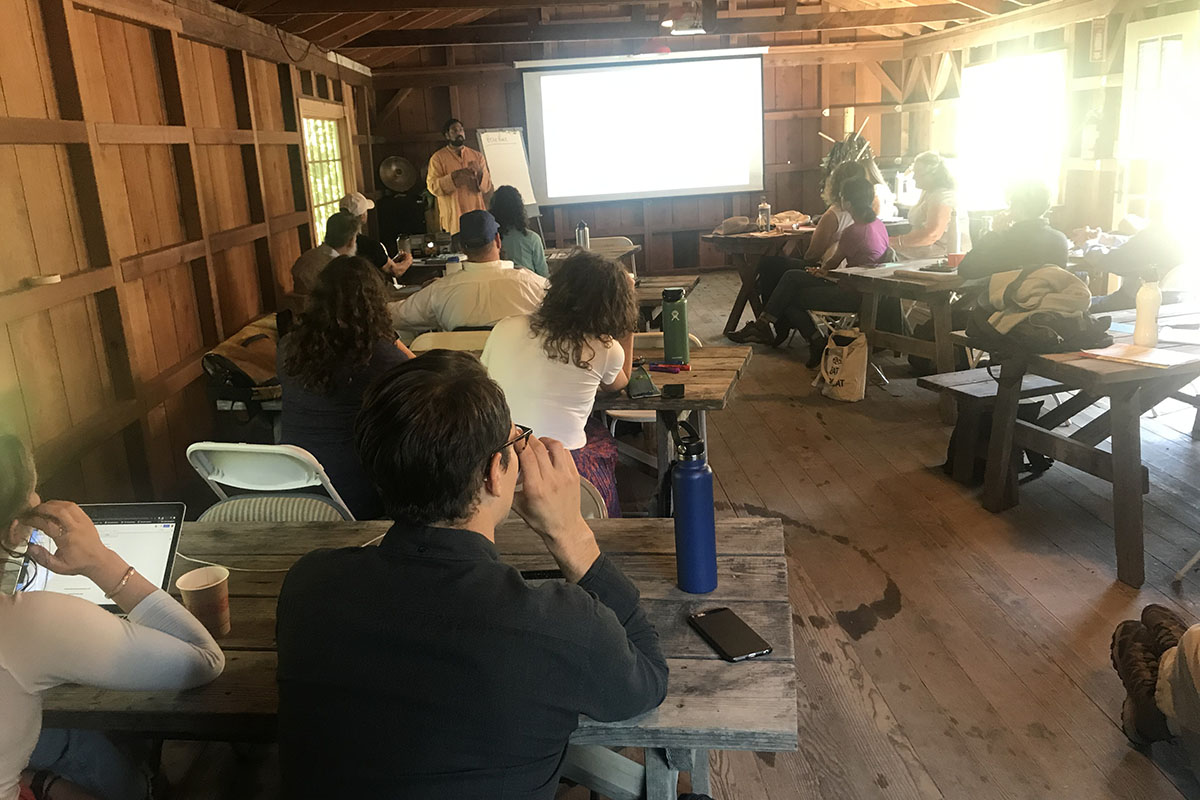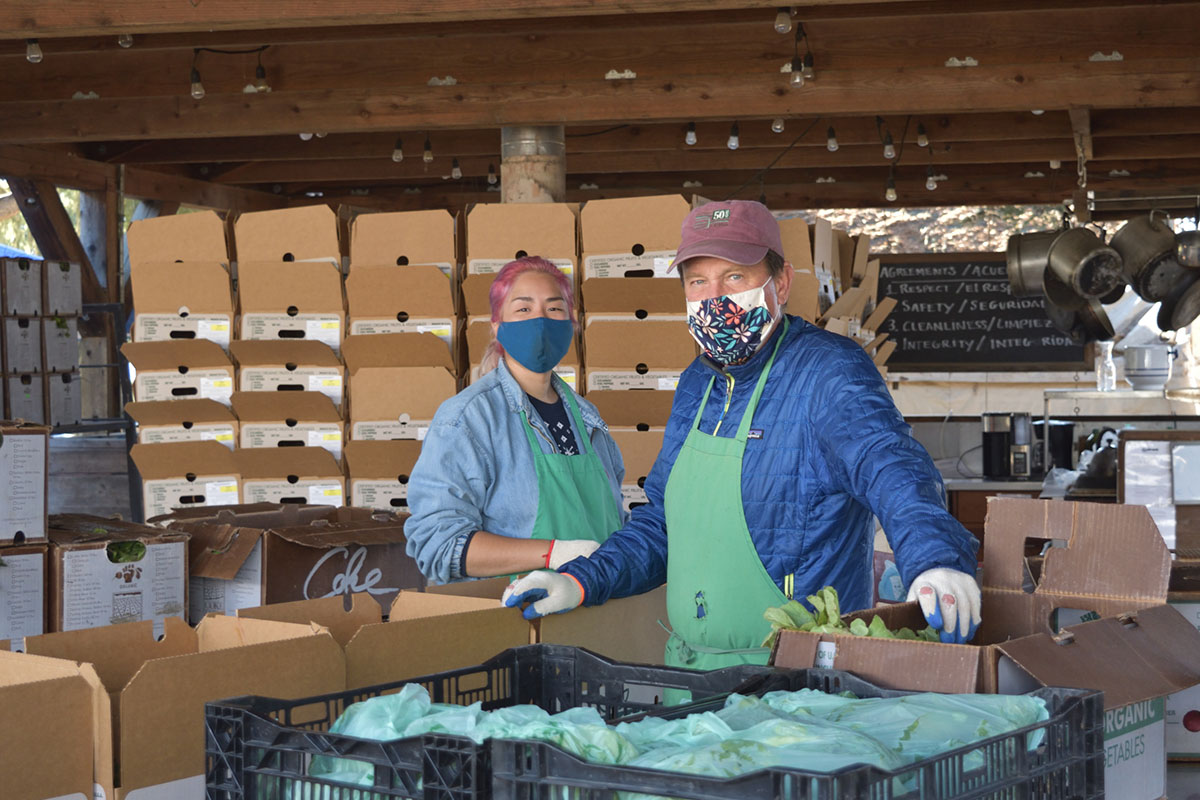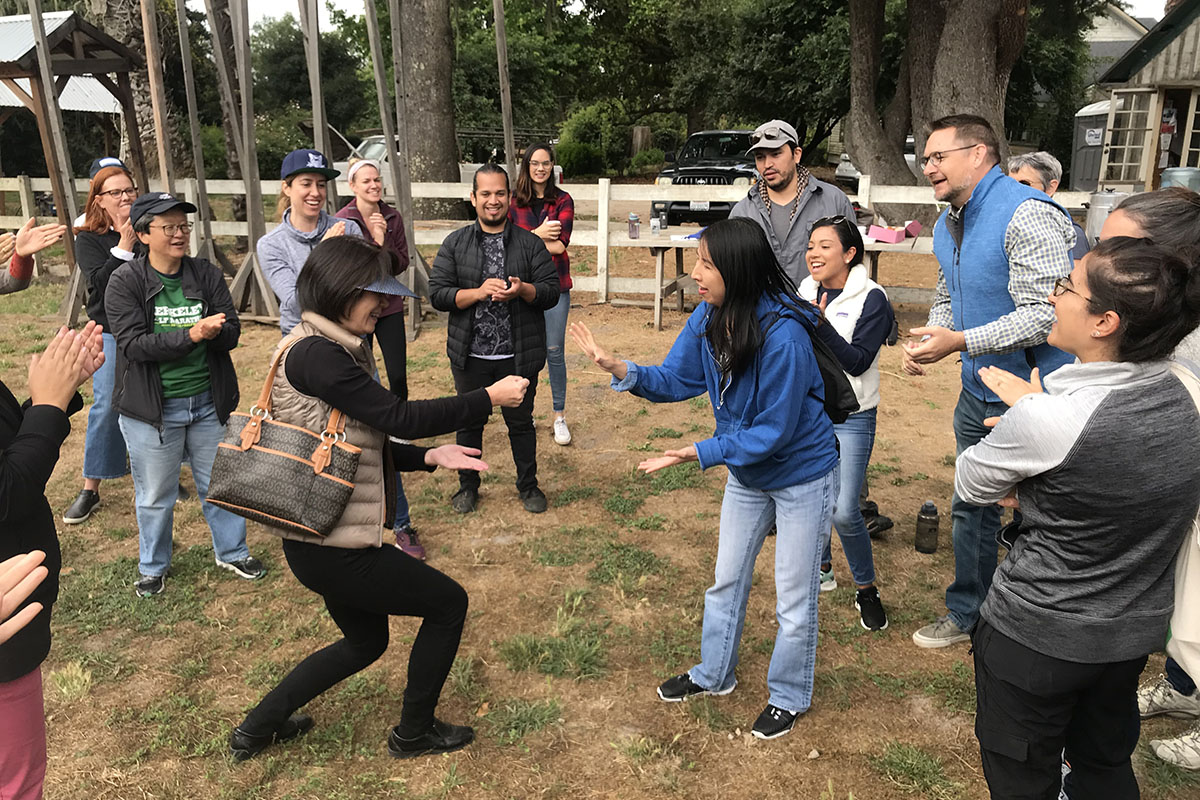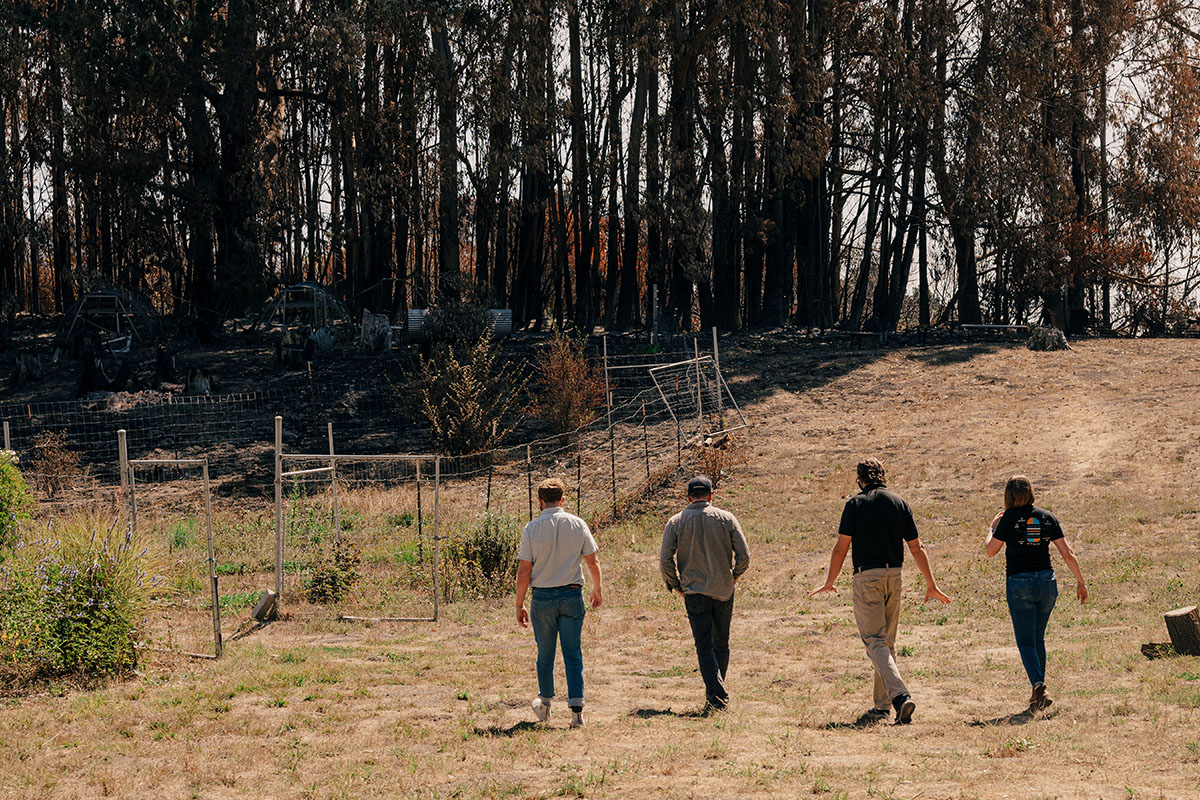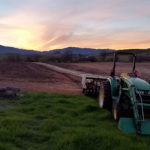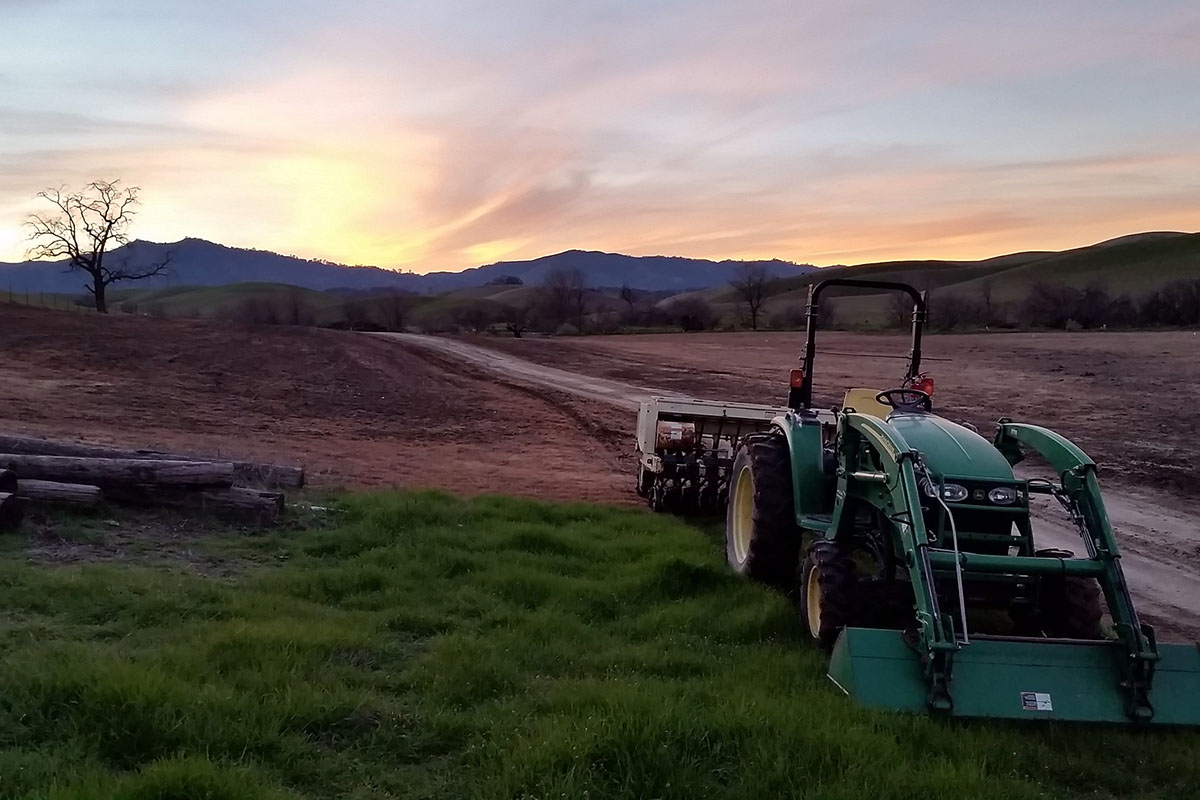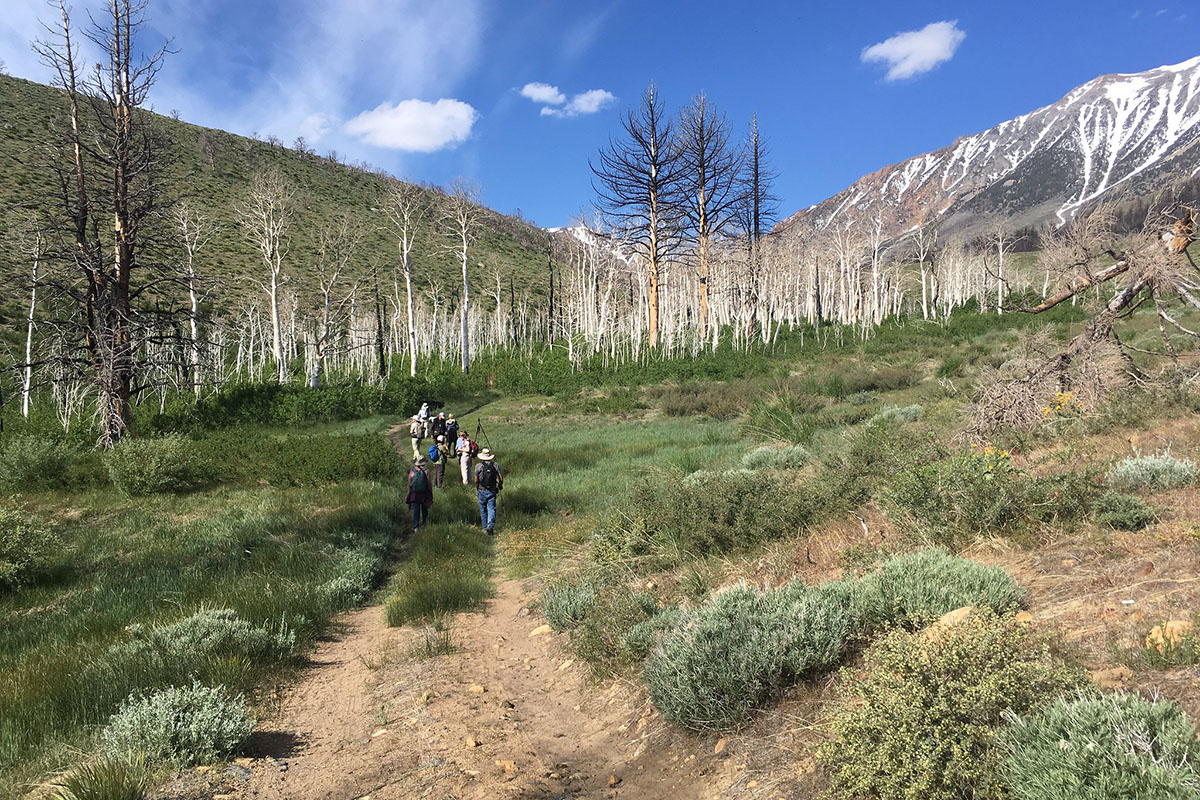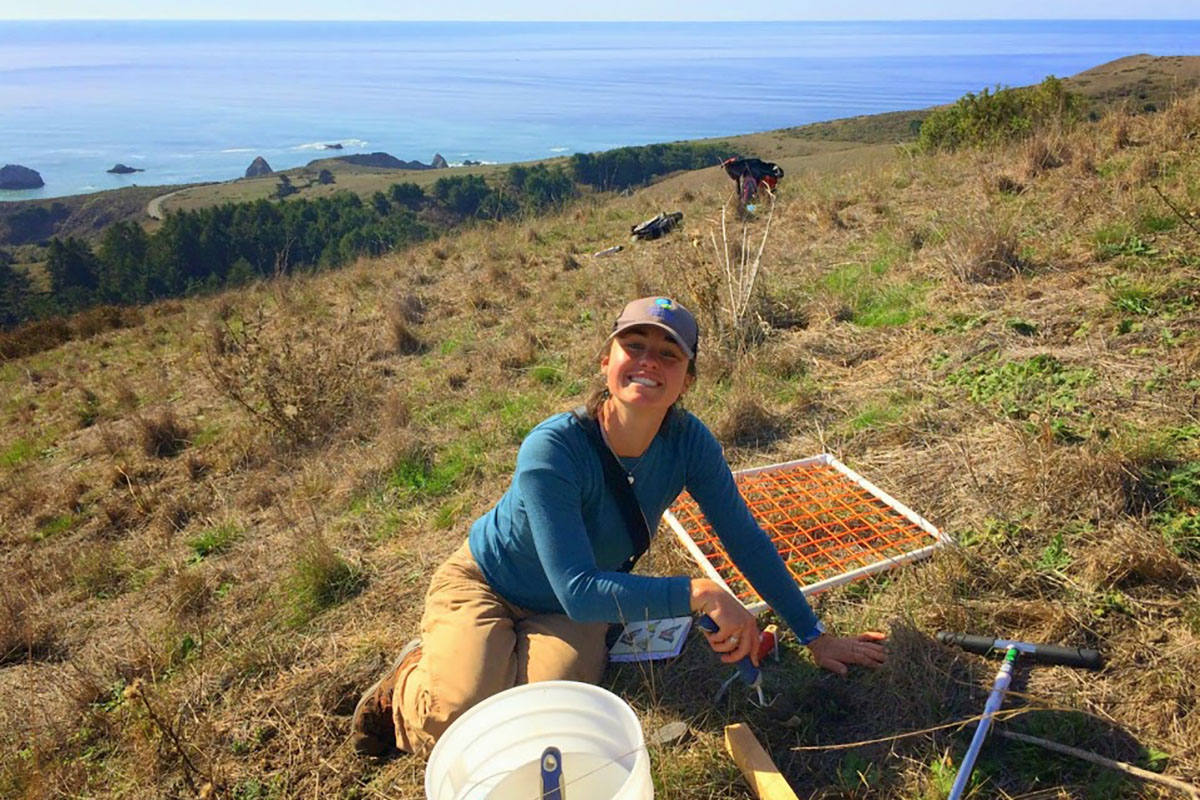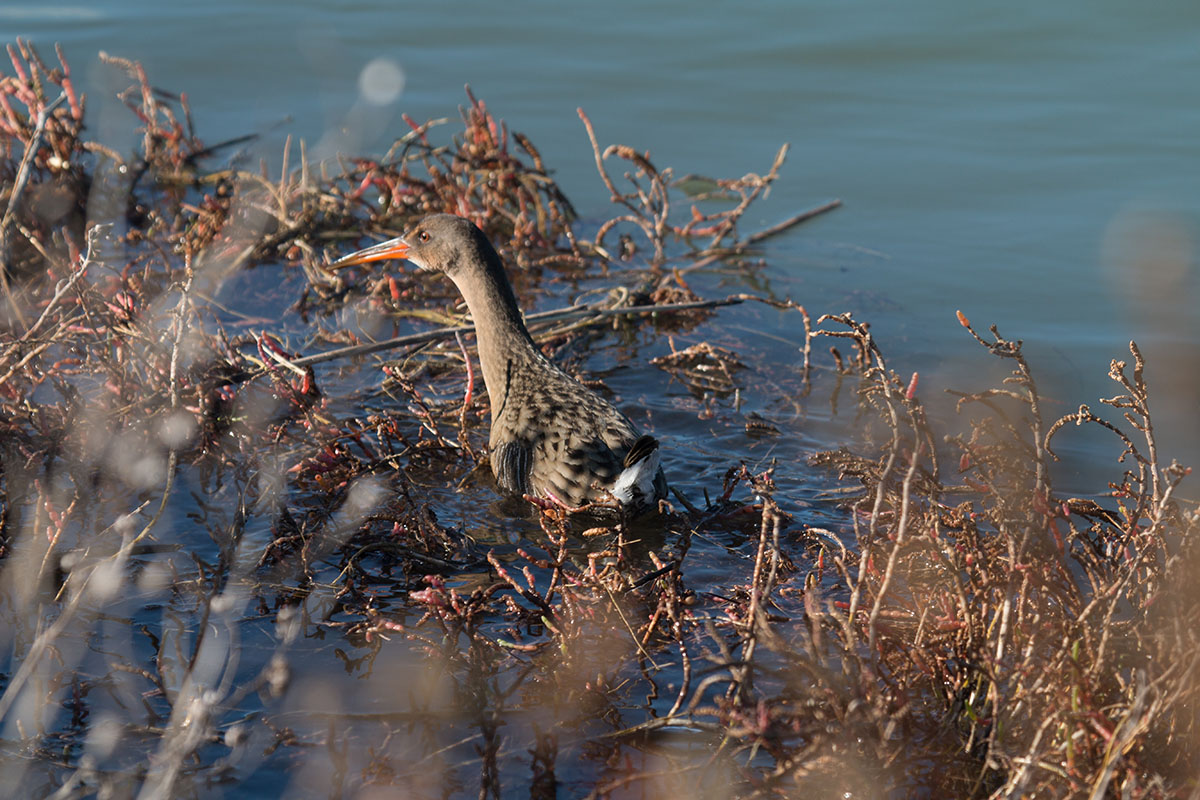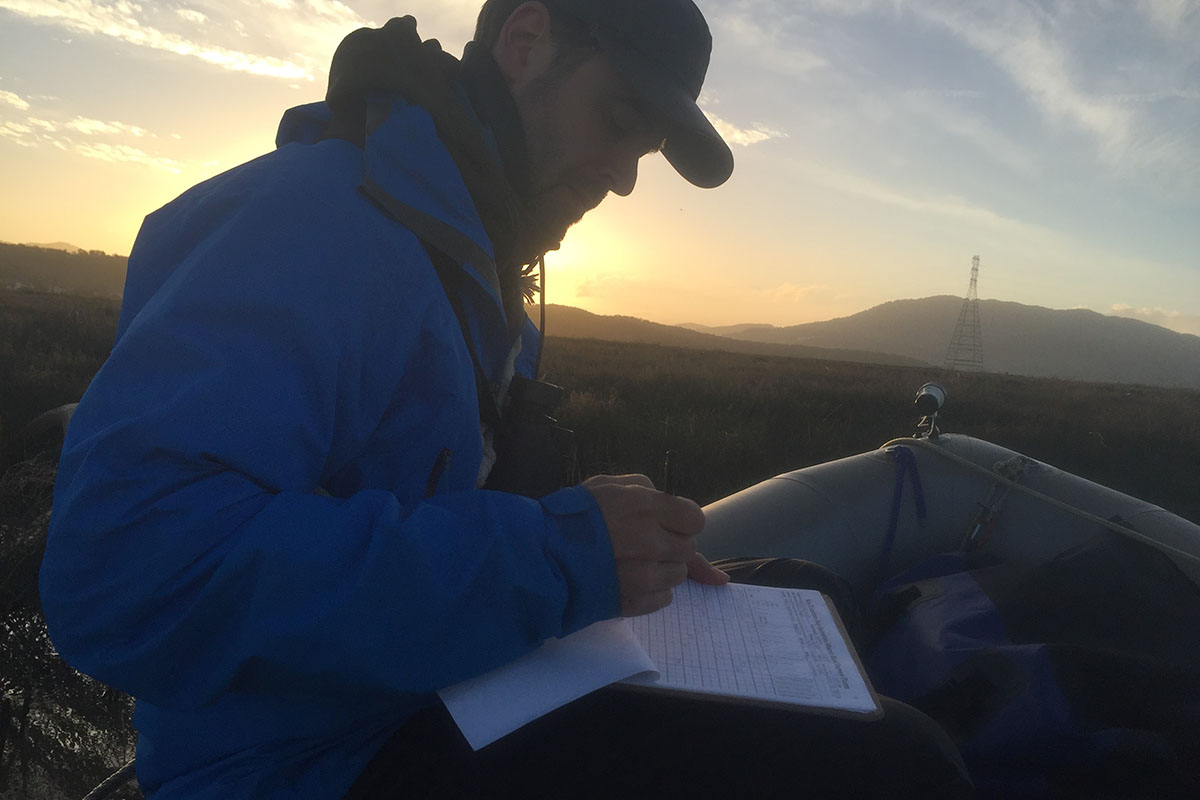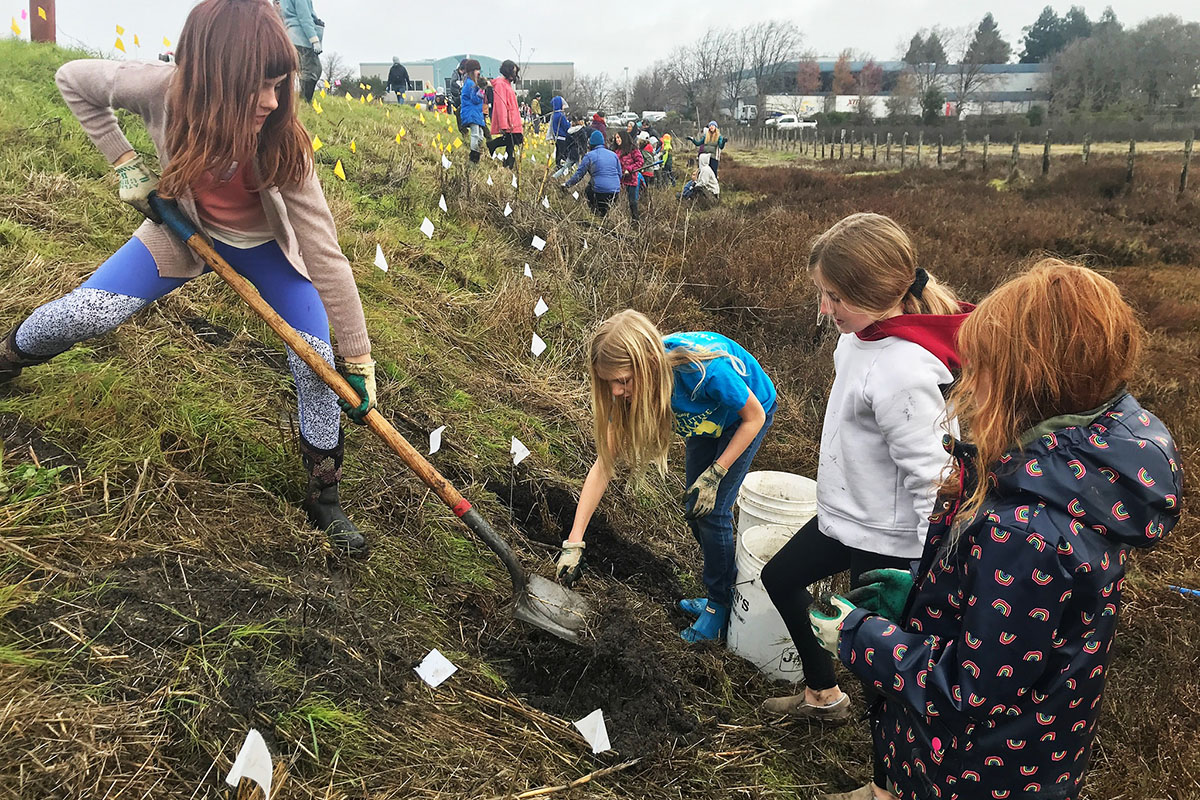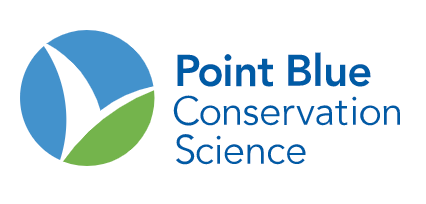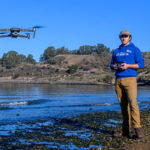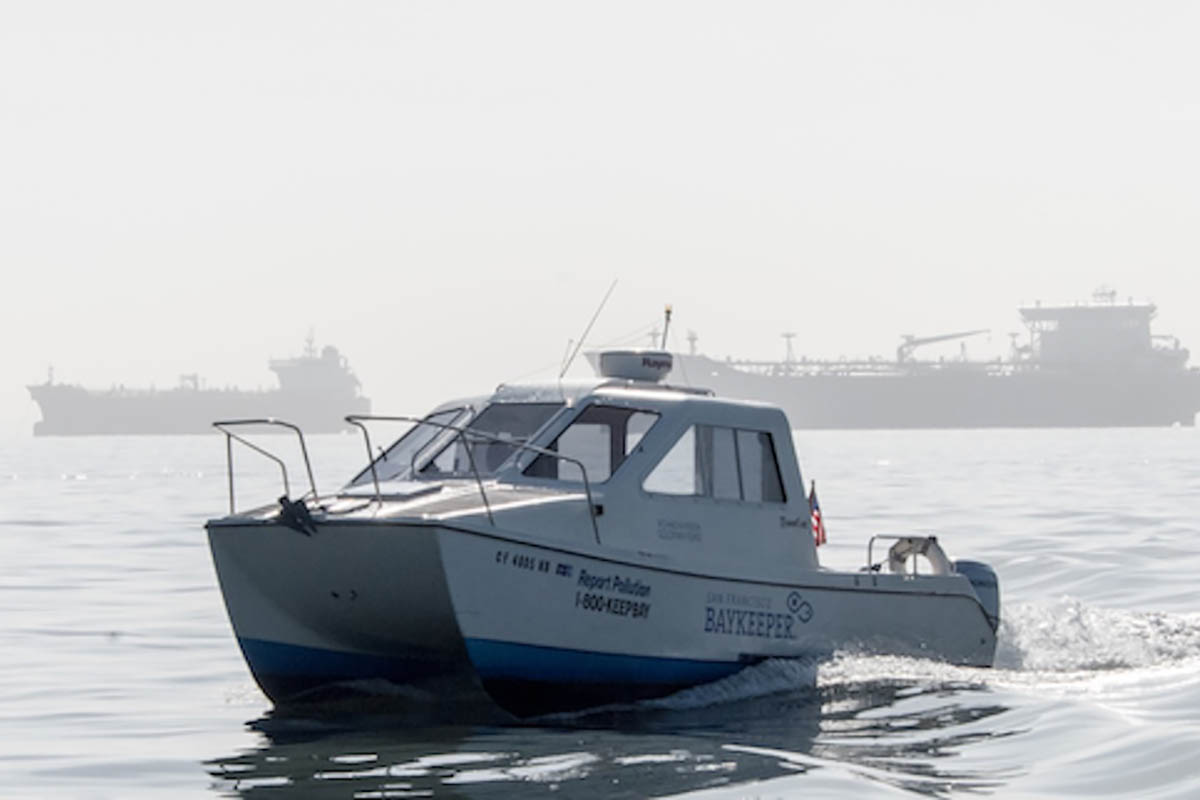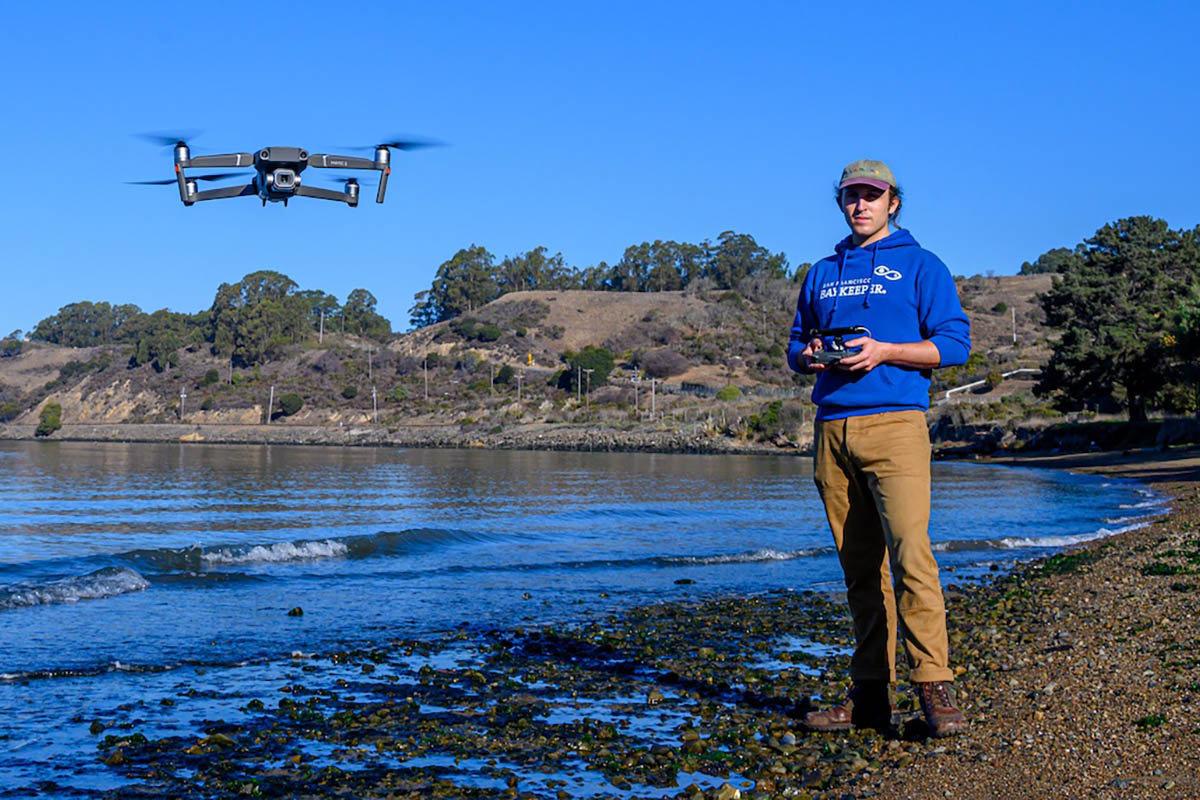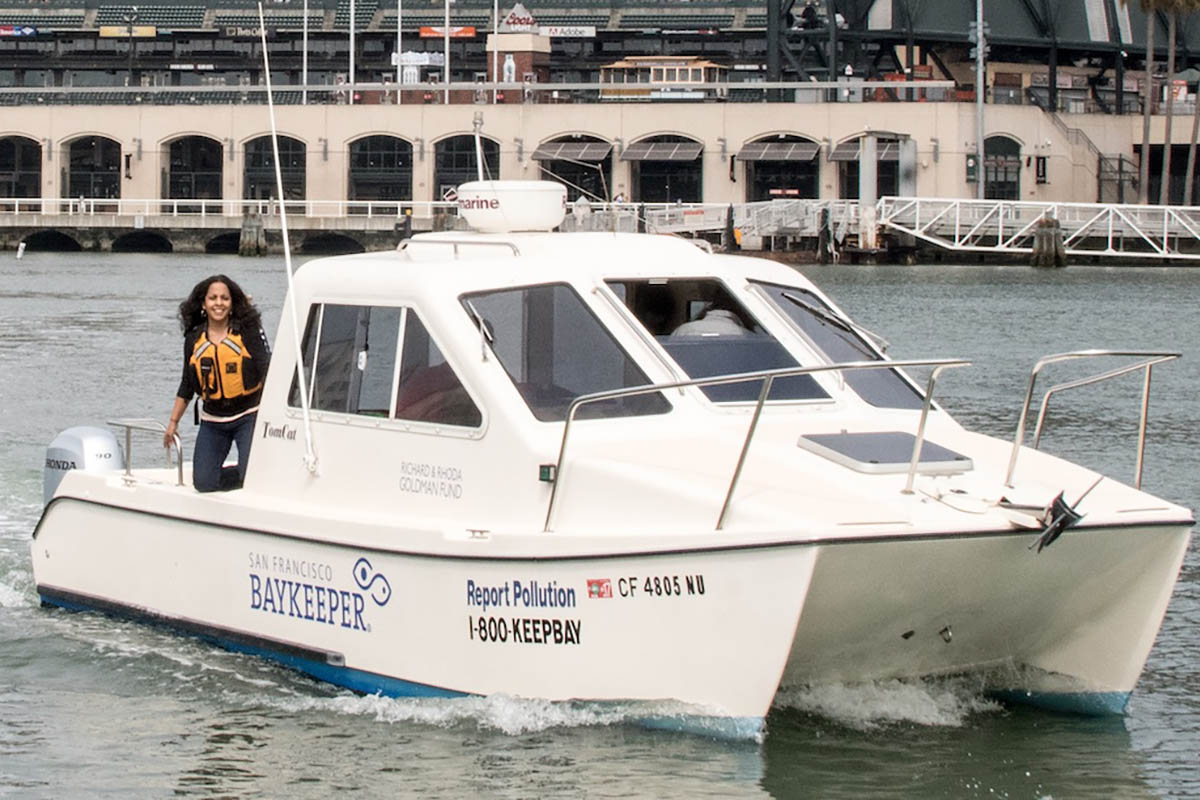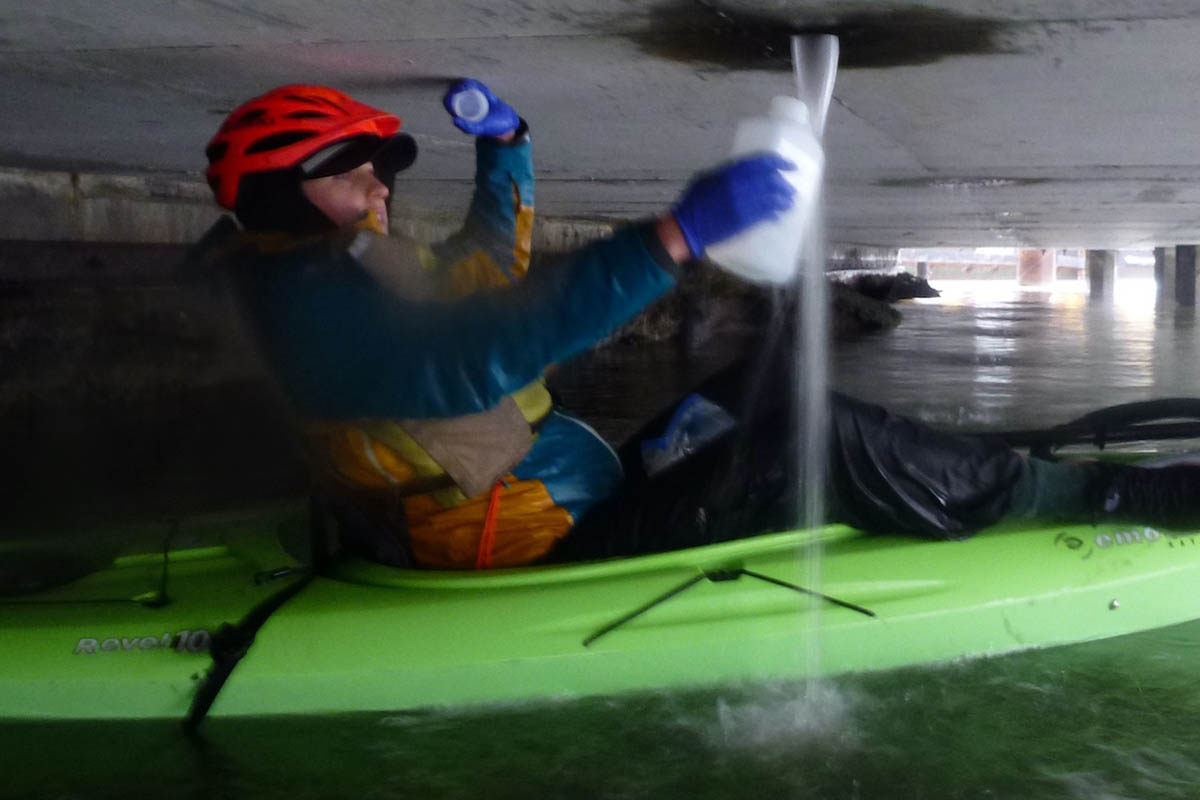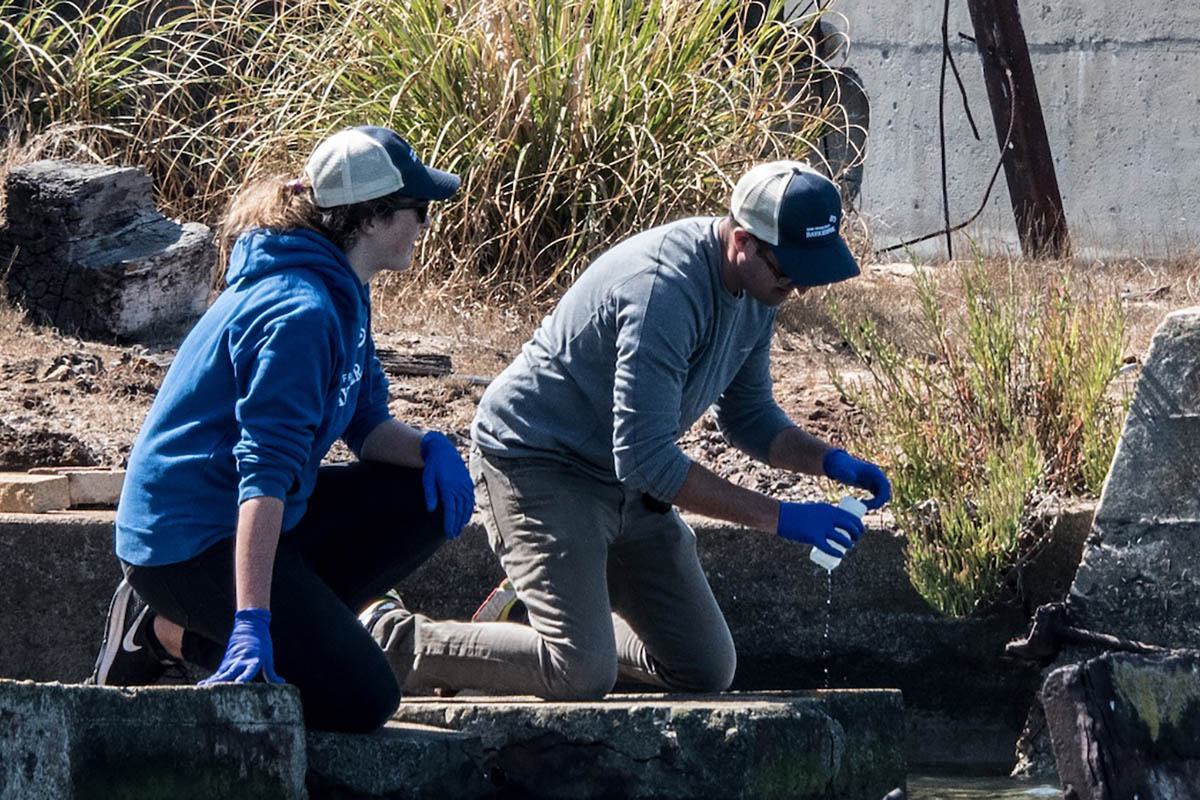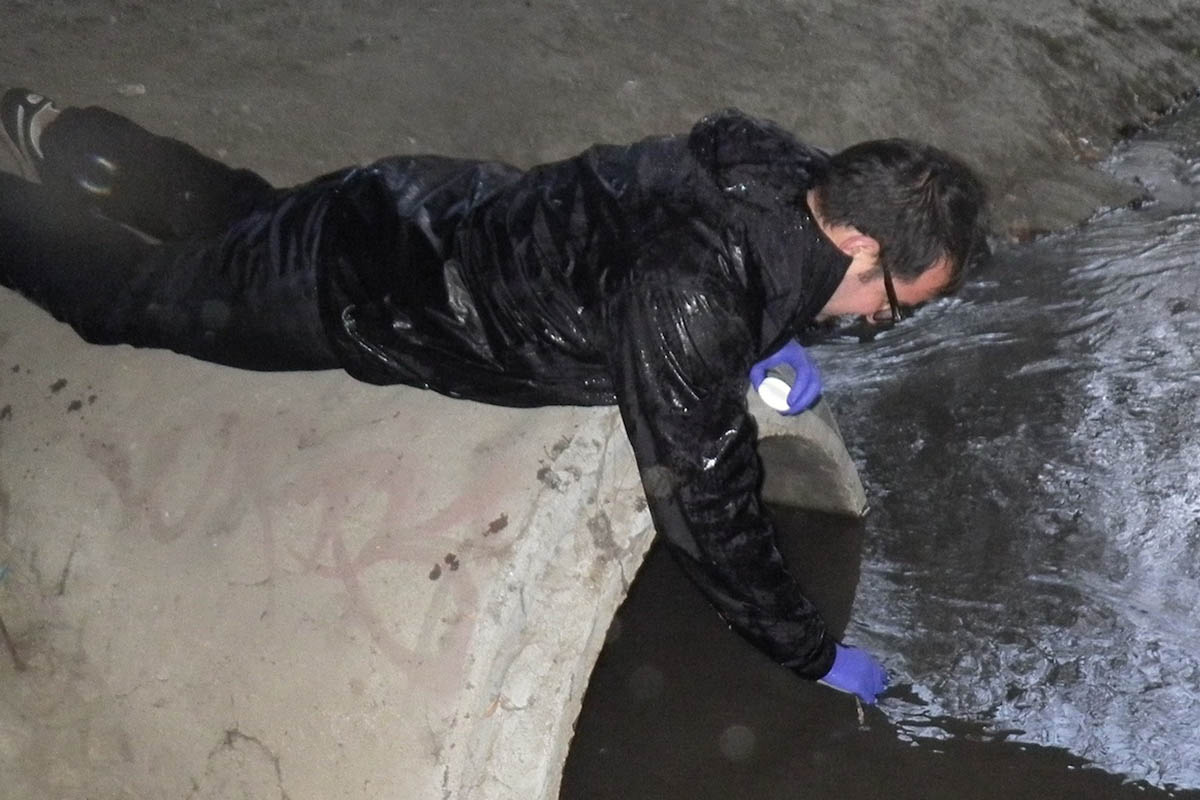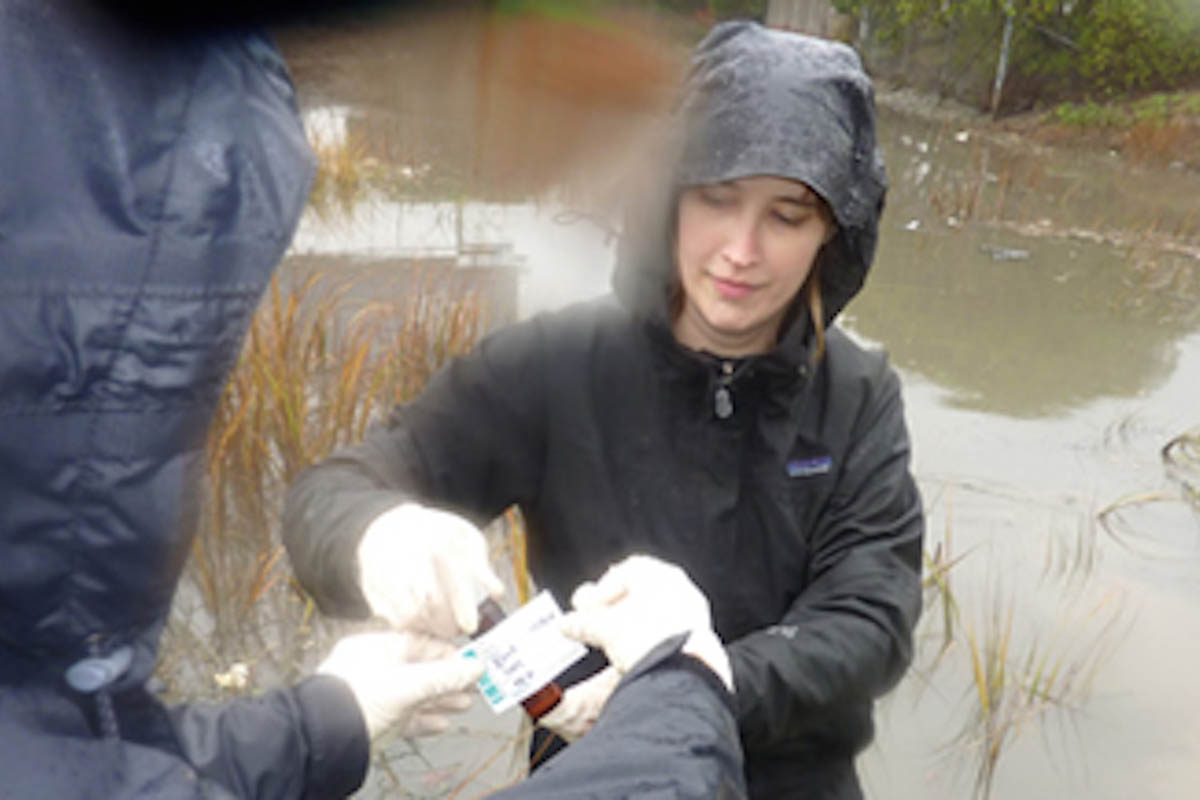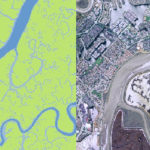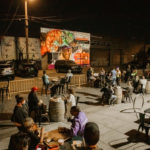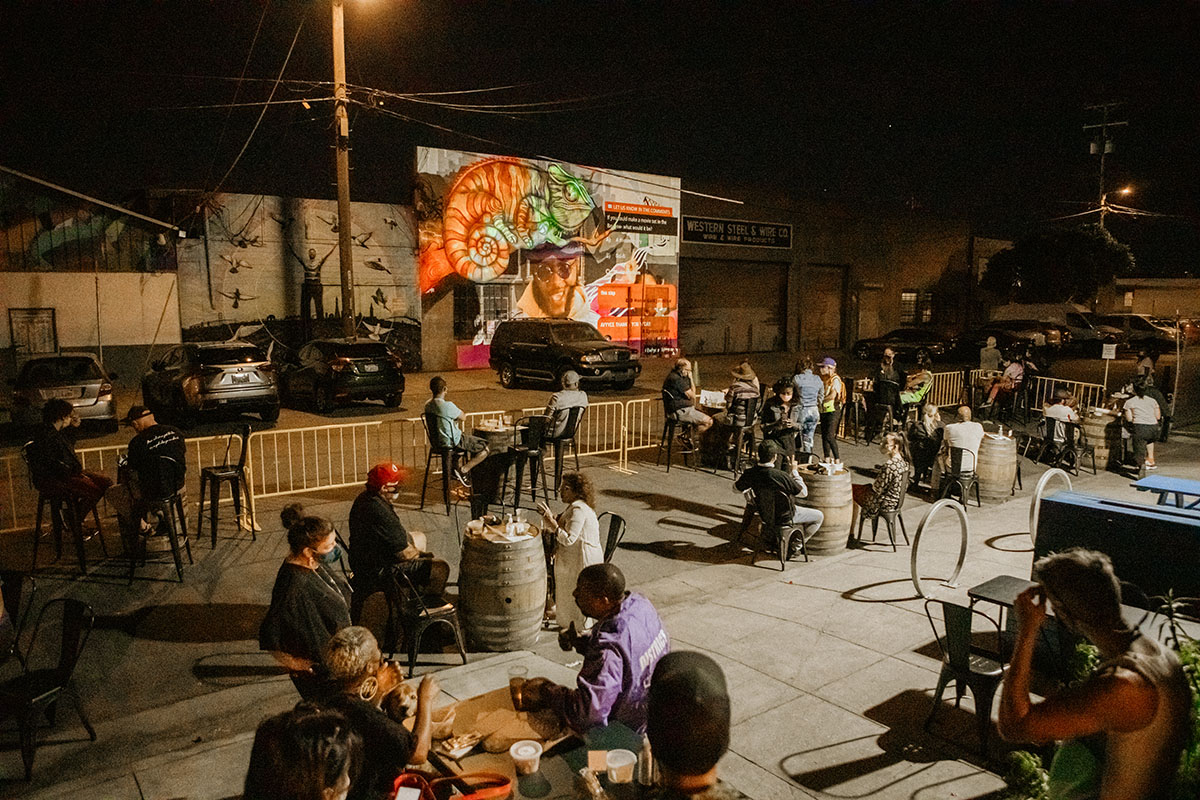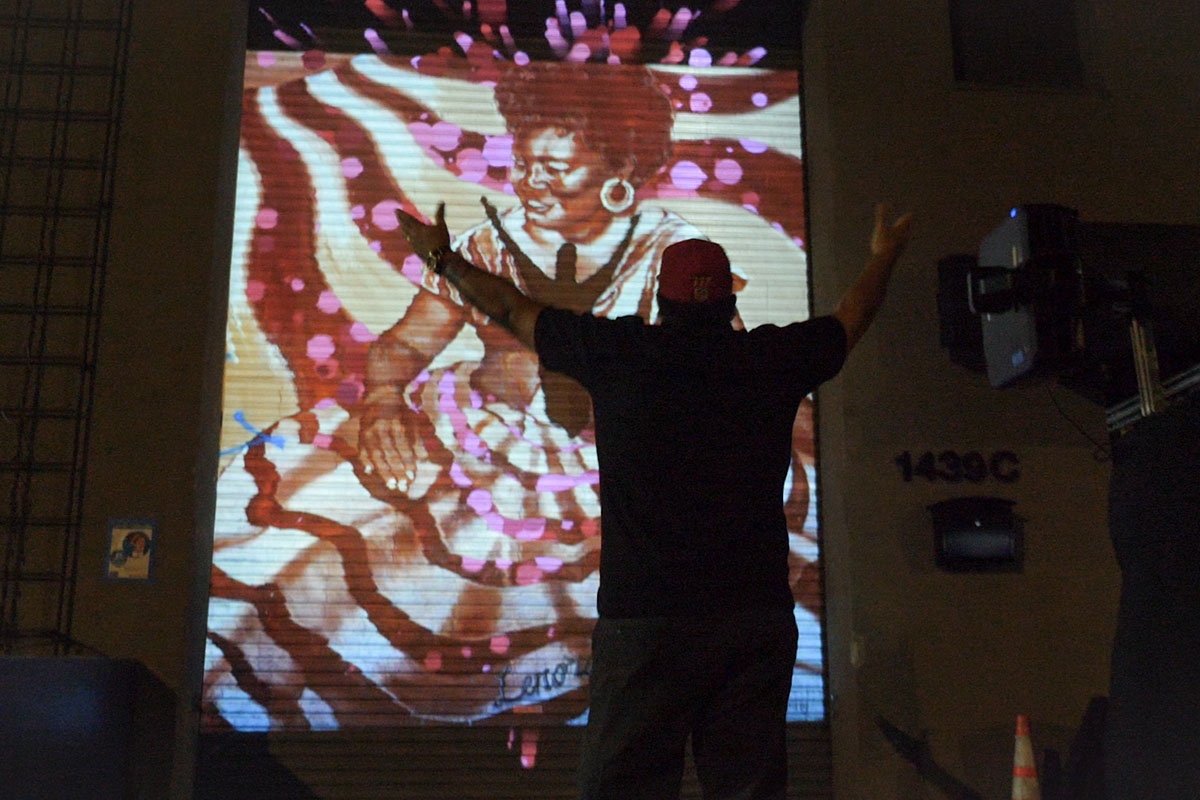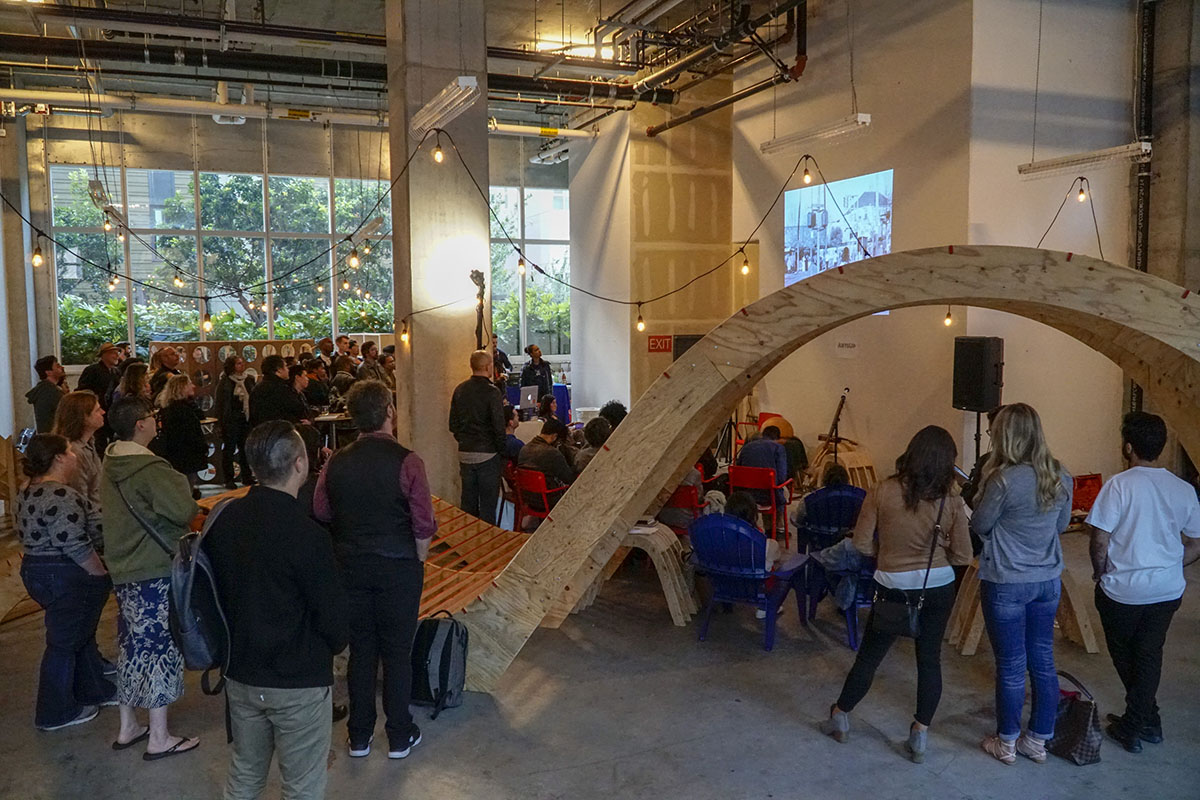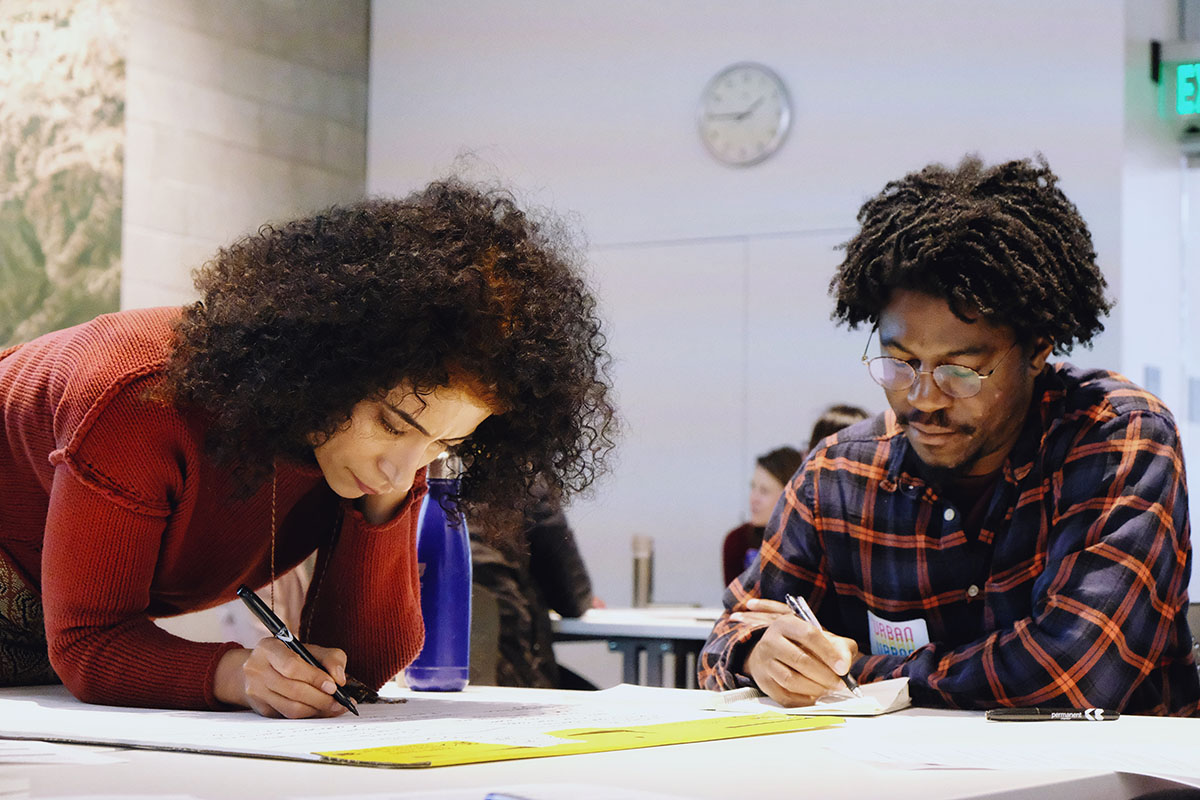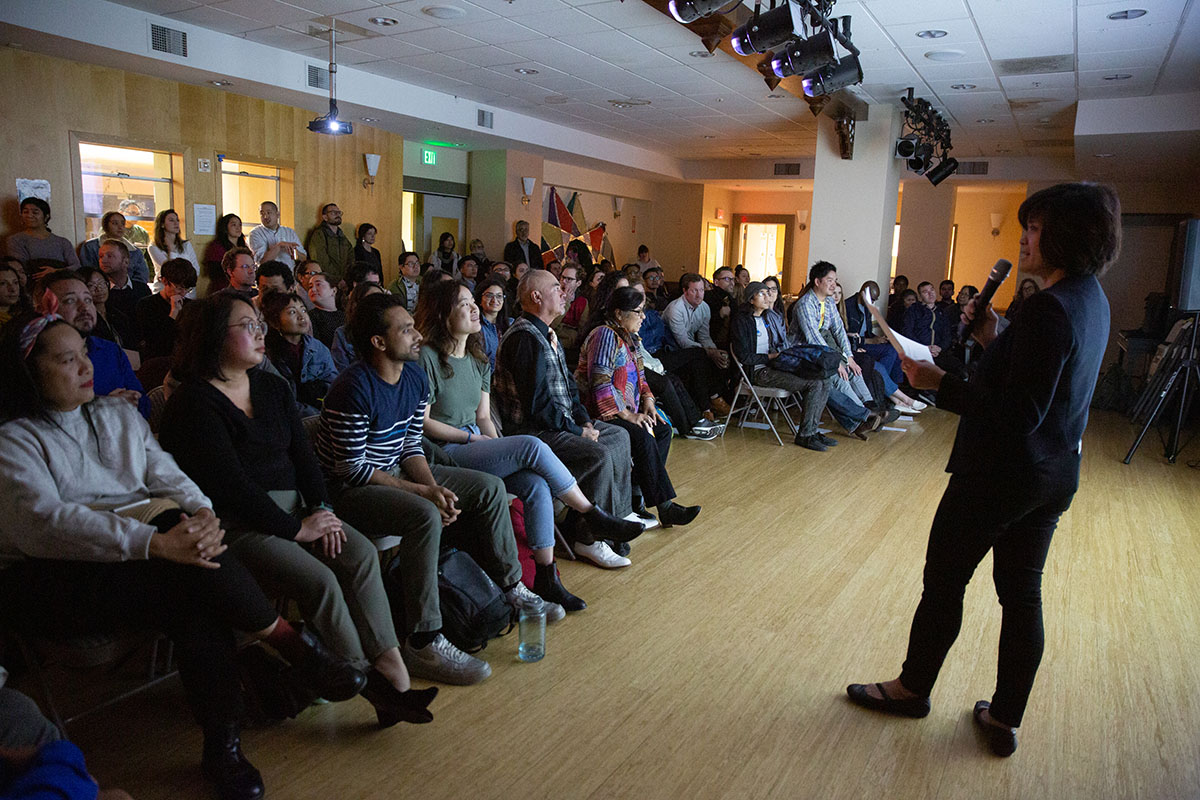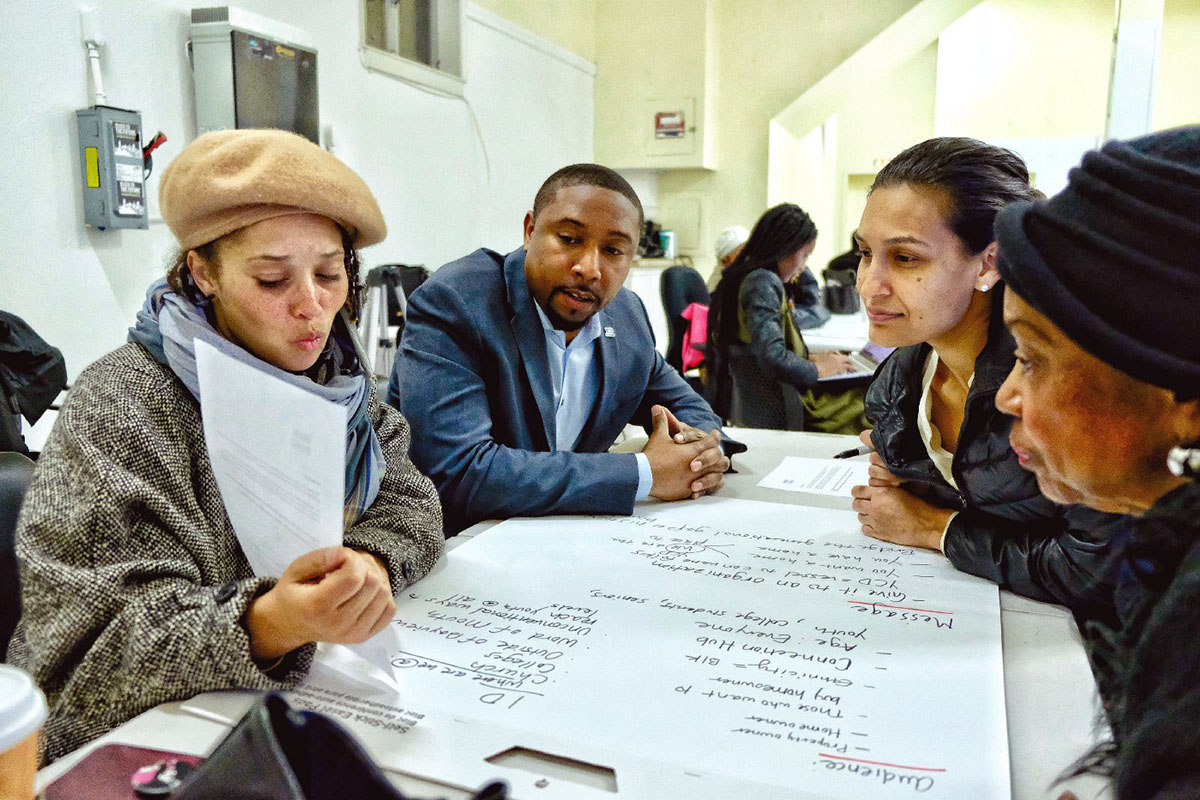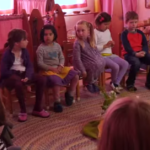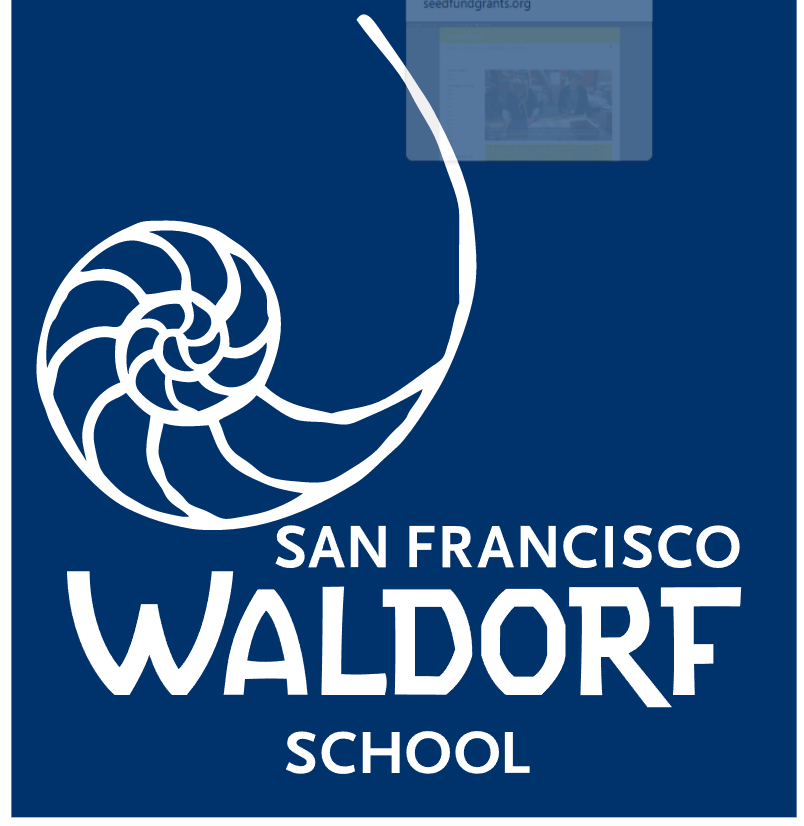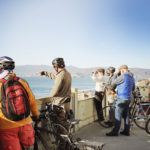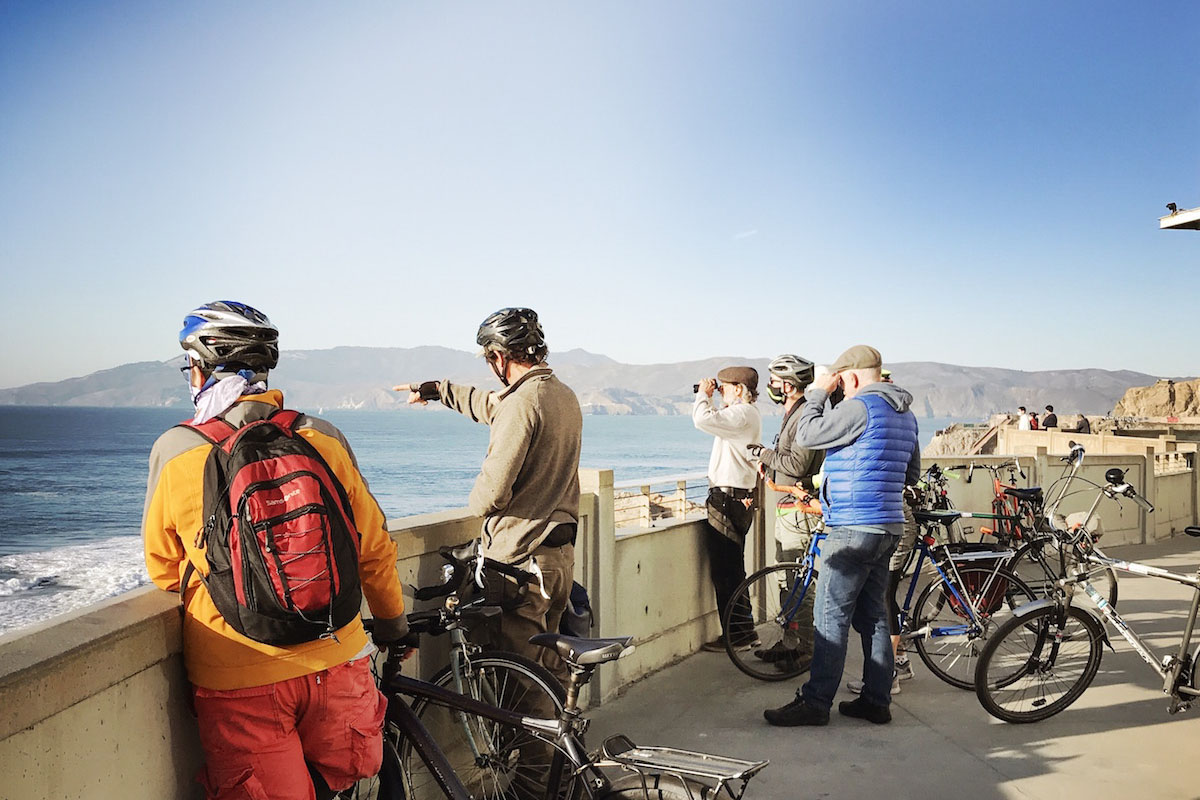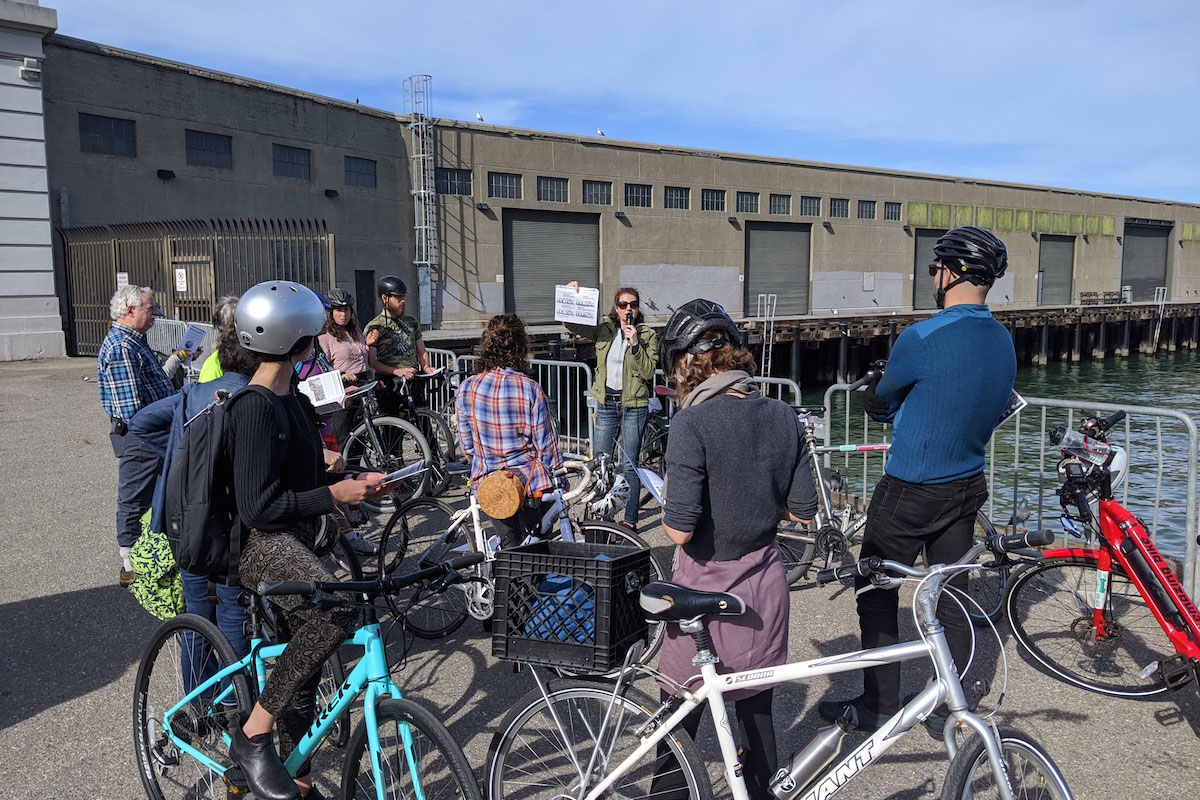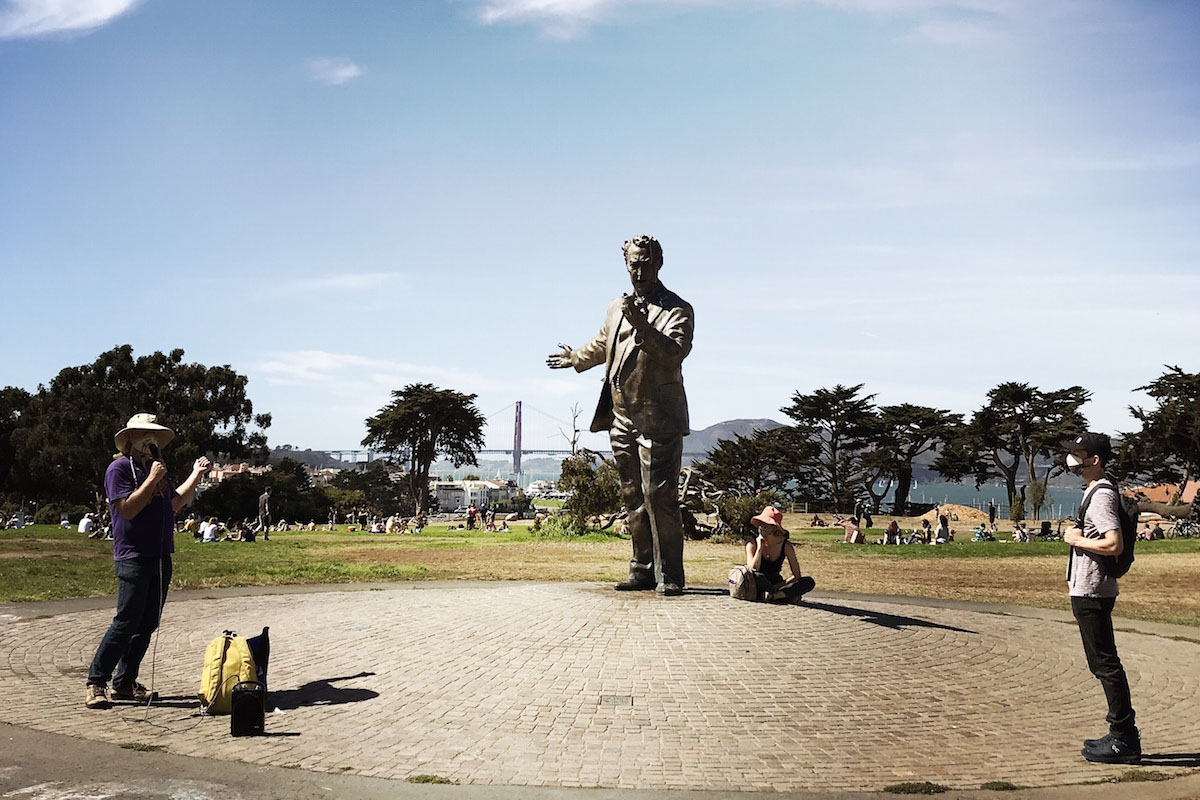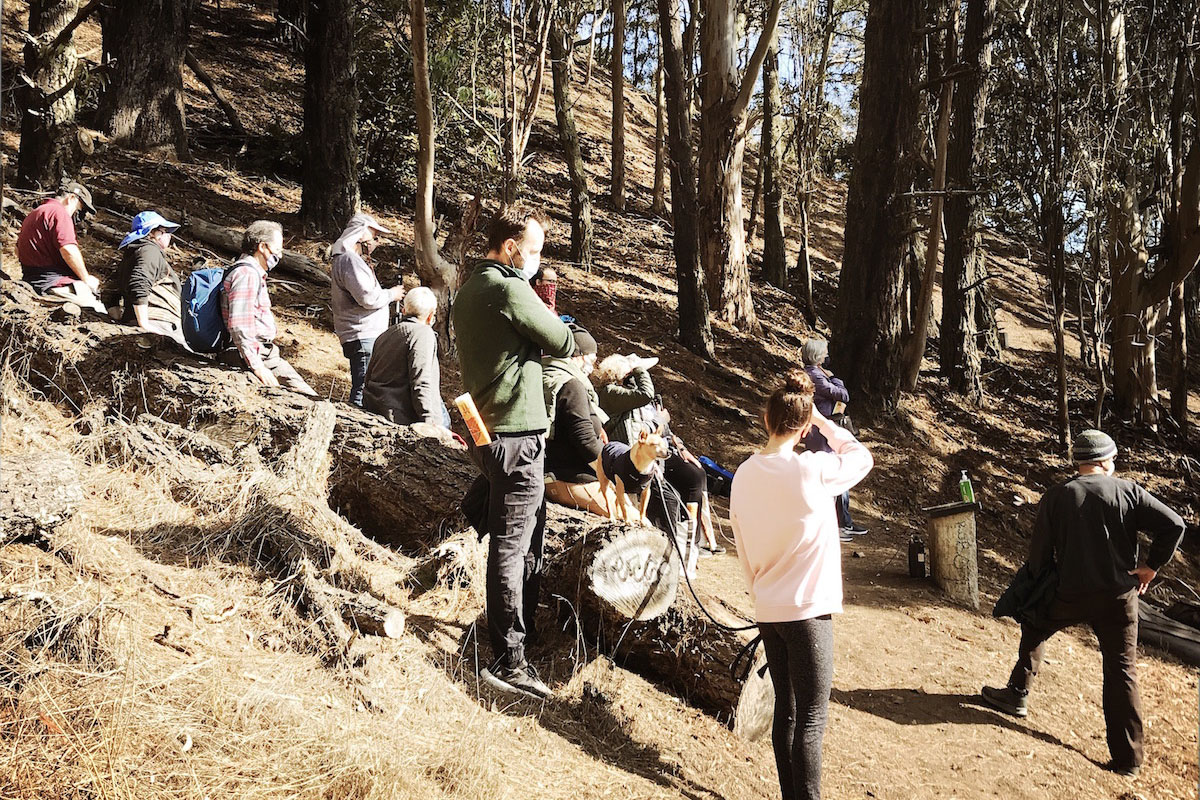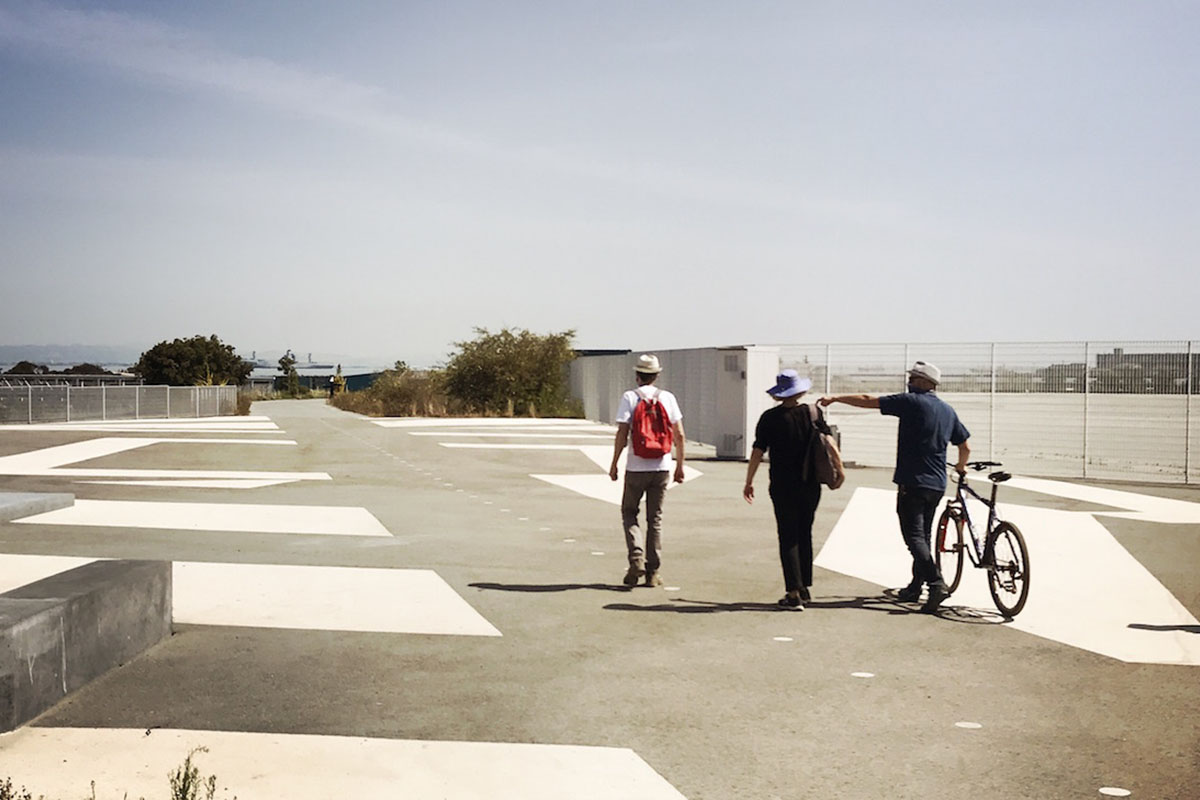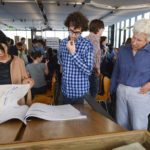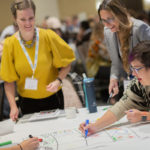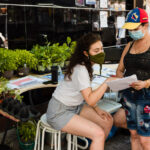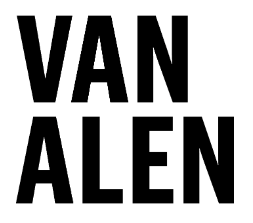Folks enjoy City Is Alive, socially distant on Egbert Avenue, a night of musical performances and interactive murals to celebrate the legacy of everyday heroes that brought joy and life to the Bayview. Photo: Lucas Bradley
Felipe Riley dances in front of an interactive mural projection of his mother, Lenora LeVon, during City is Alive. .Photo: Shantré Pinkney
Folks gather in an unfinished ground-level unit in the East Cut district of San Francisco for a film screening and panel discussion.
A film screening and panel discussion in Fern Alley, San Francisco, where audience members sit in chairs or on blankets.
Participants drafting stories at a Storytelling Workshop at the SFUFF’s 6th annual film festival in 2020.
Audience members gather in the Bayanihan Center for a SFUFF film screening and panel discussion, co-presented by SOMAP Pilipinas, on how different grass-roots organizations use arts and culture to promote community preservation and self-determination. Photo: Emma Marie Chiang
Participants work in small groups during a Storytelling Workshop in partnership with Young Community Developers aimed at building Black intergenerational wealth in the Bayview. Photo: Austin Blackwell

San Francisco Urban Film Festival
2019 - $5,000 General Support
2018 - $5,000 General Operating Support
2017 - $5,000 Climate Change Programming
WHAT WE DO
The SF Urban Film Fest (SFUFF) gathers a diverse, engaged audience and uses the power of storytelling to spark discussion and civic engagement around urban issues. They ask what it means to live together and create just and equitable cities.
SFUFF is an interdisciplinary storytelling organization that produces an annual film festival, year-round film-based discussion events, and long-term community storytelling projects.
They collaborate with cultural, academic, grass-roots, and civic organizations including the Roxie Theater, SPUR, Imprint City, Bay Area Video Coalition (BAVC), and many others. Projects are often jointly initiated to combine film and community planning, most recently with Young Community Developers (YCD) in the Bayview Hunters Point and SOMA Pilipinas Cultural Heritage District in the SOMA district of San Francisco. In recognition of their impact on empowering communities using storytelling and film, the SFUFF are Artists in Residence at the Yerba Buena Center for the Arts (YBCA).
IMPACT
Film Festival
Since its founding in 2014, SFUFF has produced an annual film festival for 7 seasons and year round programming encompassing 115 events reaching over 8,000 people. They expect to reach many more through their virtual film festival in February 2021.
Based on their festival surveys, year after year, SFUFF attracts diverse audiences and reaches across demographic divides. Its 6th annual film festival audience was 53% people of color. Their audience was also remarkably intergenerational: 18% are aged under 25, 69% are between 26-55 years old, and 13% are aged 55+.
SFUFF engages with diverse filmmakers and panelists. 63% of our 2020 Festival filmmakers are people of color; most notably, 44% of our 2020 Festival filmmakers are women of color. Additionally, 74% of our 2020 Festival panelists are people of color.
Community Storytelling
SFUFF’s community storytelling projects create opportunities for unique cross disciplinary partnerships between community organizations, businesses, cultural institutions and public agencies.
In partnership with YCD, they organized storytelling workshops and produced a short video to kick off the Black Owner’s Campaign. The goal was to build a strong narrative aimed at galvanizing a coalition of Black property owners to support more affordable housing. The resulting video features prominently on the YCD homepage and has resulted in a local developer expressing interest in building housing for Black teachers.
The storytelling and community planning with YCD led to the production of a multi-media one-night socially distant event featuring a live streamed hip hop concert and interactive film projections depicting historic murals. The event, City is Alive, was centered on the theme of everyday heroes who fight for resources and bring joy to the Bayview Hunters Point and was produced in collaboration with Imprint City and YBCA.
SFUFF is working with the SOMA Pilipinas Cultural Heritage District on a short documentary film that chronicles the displacement of Pilipinx community by the force of redevelopment in the Yerba Buena district of SOMA during the 1970's, and the community’s resistance and struggle for self-determination that grew out of it and in face of ongoing gentrification and displacement. They are currently in community-driven pre-production with a team of Pilipinx filmmakers and archival researchers, and in late 2021, will organize work in progress screenings and community discussions centering the stories and people of the film. The process of making this film is designed to dovetail with the community planning around the creation of the cultural heritage district that already includes the famous UNDISCOVERED SF night market and Kapawa Gardens.
WHO WE ARE
The SFUFF Core Team brings rich backgrounds in civic innovation, urban planning, housing finance, media, filmmaking, and the humanities. They work year-round planning events and curating programming. During the festival season, a small army of volunteers help them with photography, marketing, ticket sales, audience surveys, and more.
Our Core Team plays artistic roles as Program Producers. They also guide organizational growth and fill administrative and technical roles. The following are brief detailed bios of SFUFF’s Core Team:
Fay Darmawi, Founder and Executive Director
Fay is an urban planner, cultural producer, and community development banker. She belongs to a persecuted Chinese minority group and immigrated to the U.S. from Jakarta, Indonesia as a child.
Kristal Celik, Festival Manager
Kristal has a background in energy and mechanical engineering and identifies with her Turkish immigrant roots.
Robin Abad Ocubillo, Program Producer
Robin is an urban designer and urban planner at the City of San Francisco Planning Department and identifies as an LGBTQ Filipino-American.
Omeed Manocheri, Program Producer
Omeed is a first generation Iranian-American multimedia producer and entrepreneur with a fine arts degree. His media projects include Daily Kabob, a new digital platform to unify the MENA and DESI communities.
Susannah Smith, Program Producer
Susannah is a documentary filmmaker interested in ways race and sexuality interact with the politics of urban development. Susannah is assistant editor on the documentary “Homeroom” premiering at the Sundance Film Festival in January 2021. She identifies as an LGBTQ Jewish-American.
Ronald Sundstrom, Humanities Advisor
Ronald is a Professor of Philosophy and a member of the African American Studies, Critical Diversity Studies programs at the University of San Francisco (USF). He identifies as mixed-race Filipino-American and Black, and LGBTQ.
sfurbanfilmfest.com




